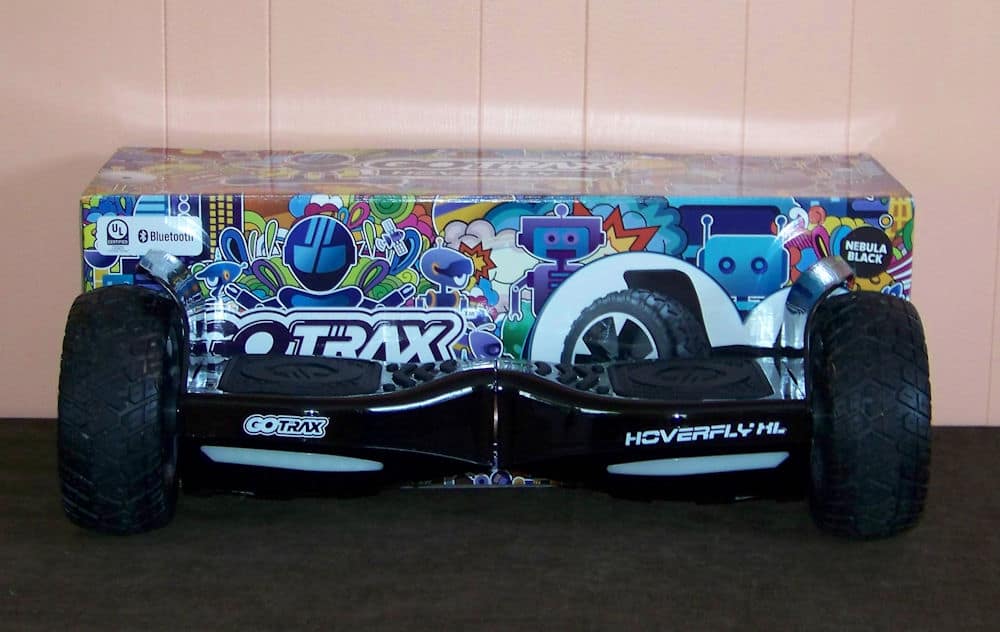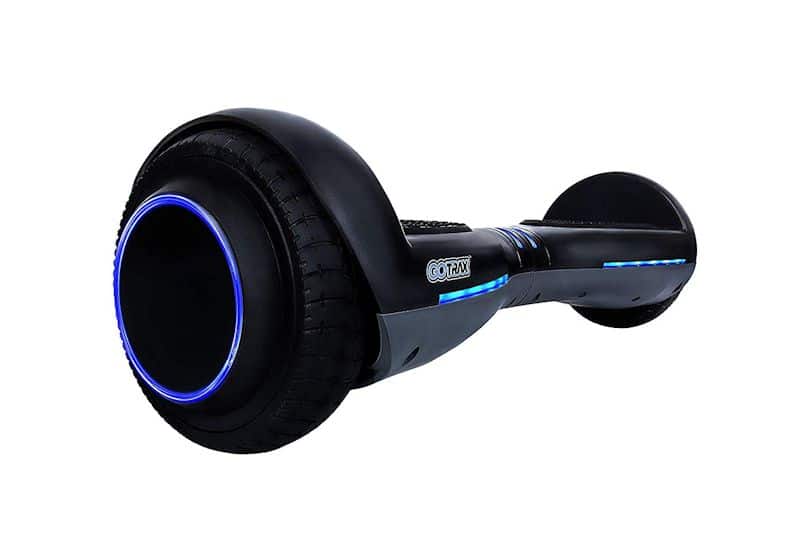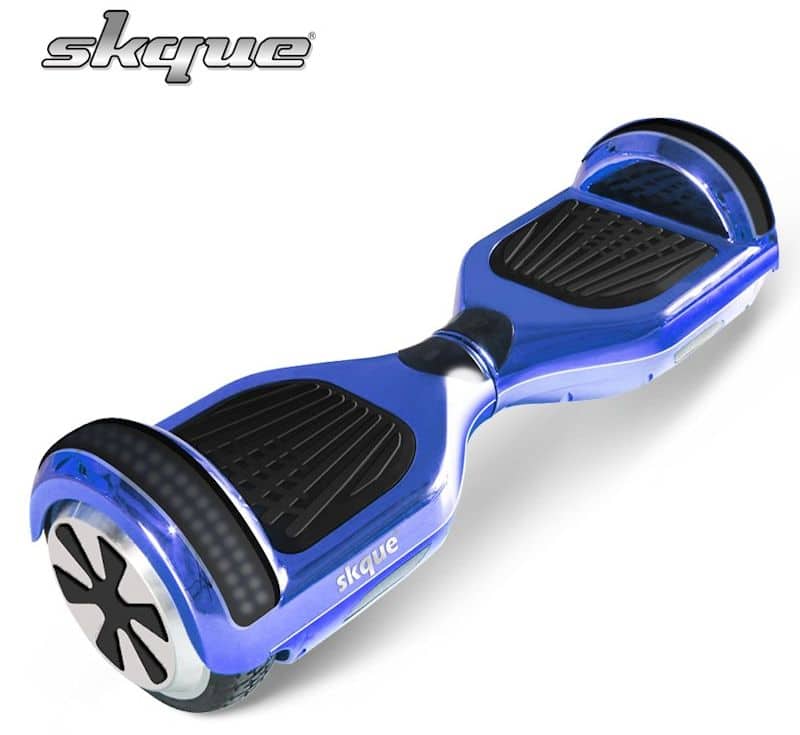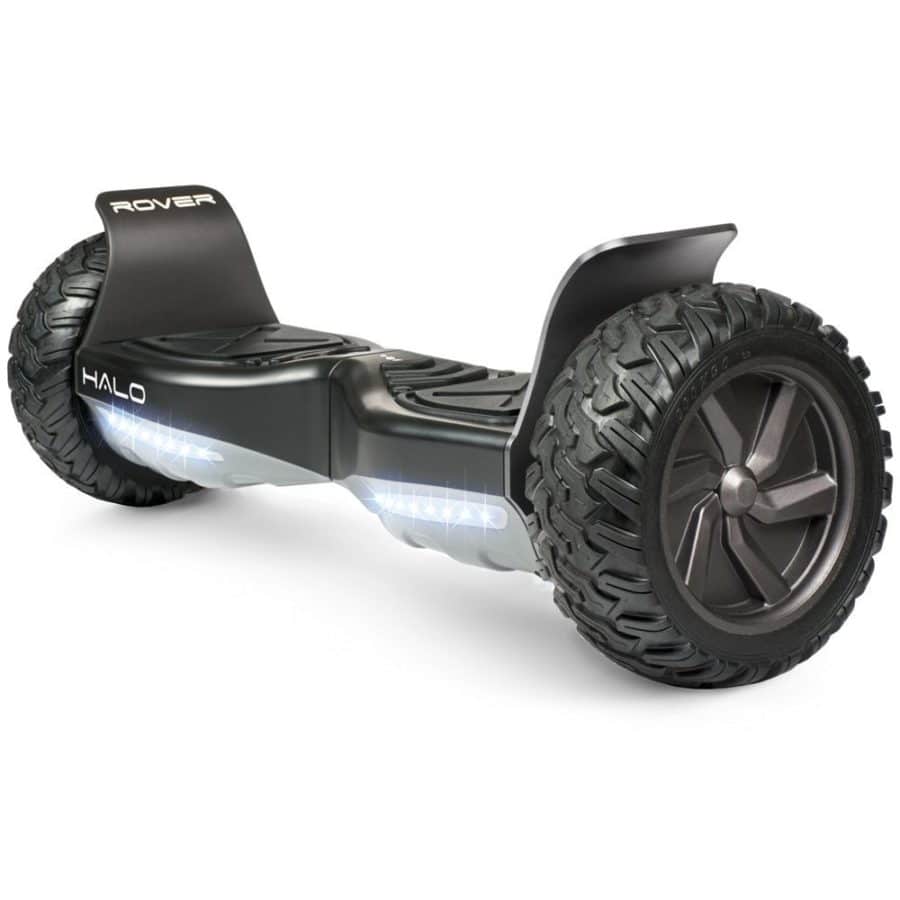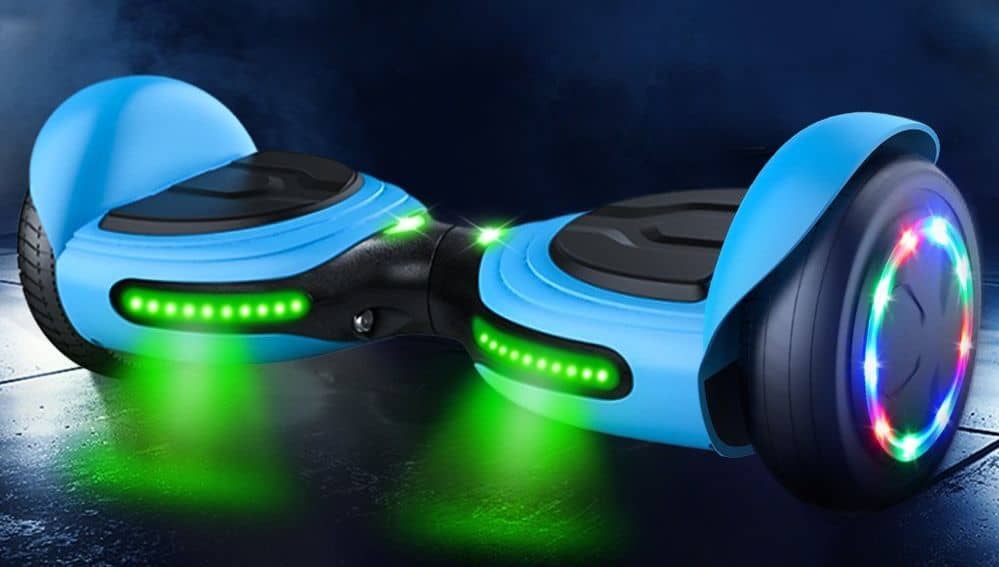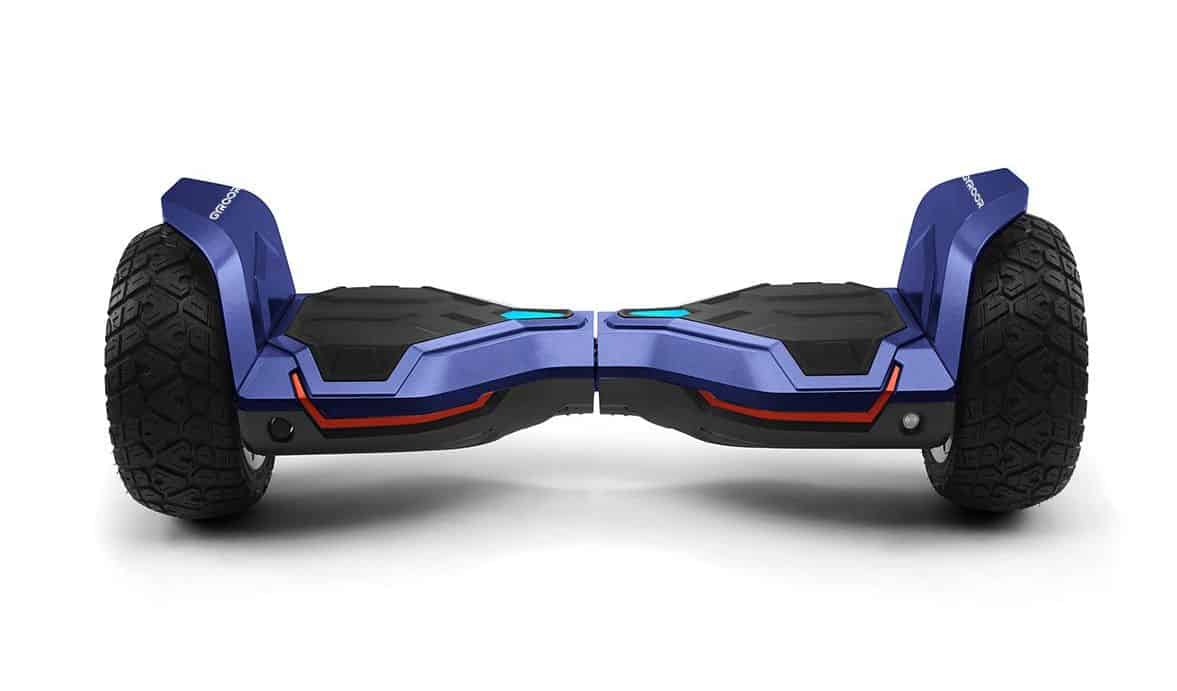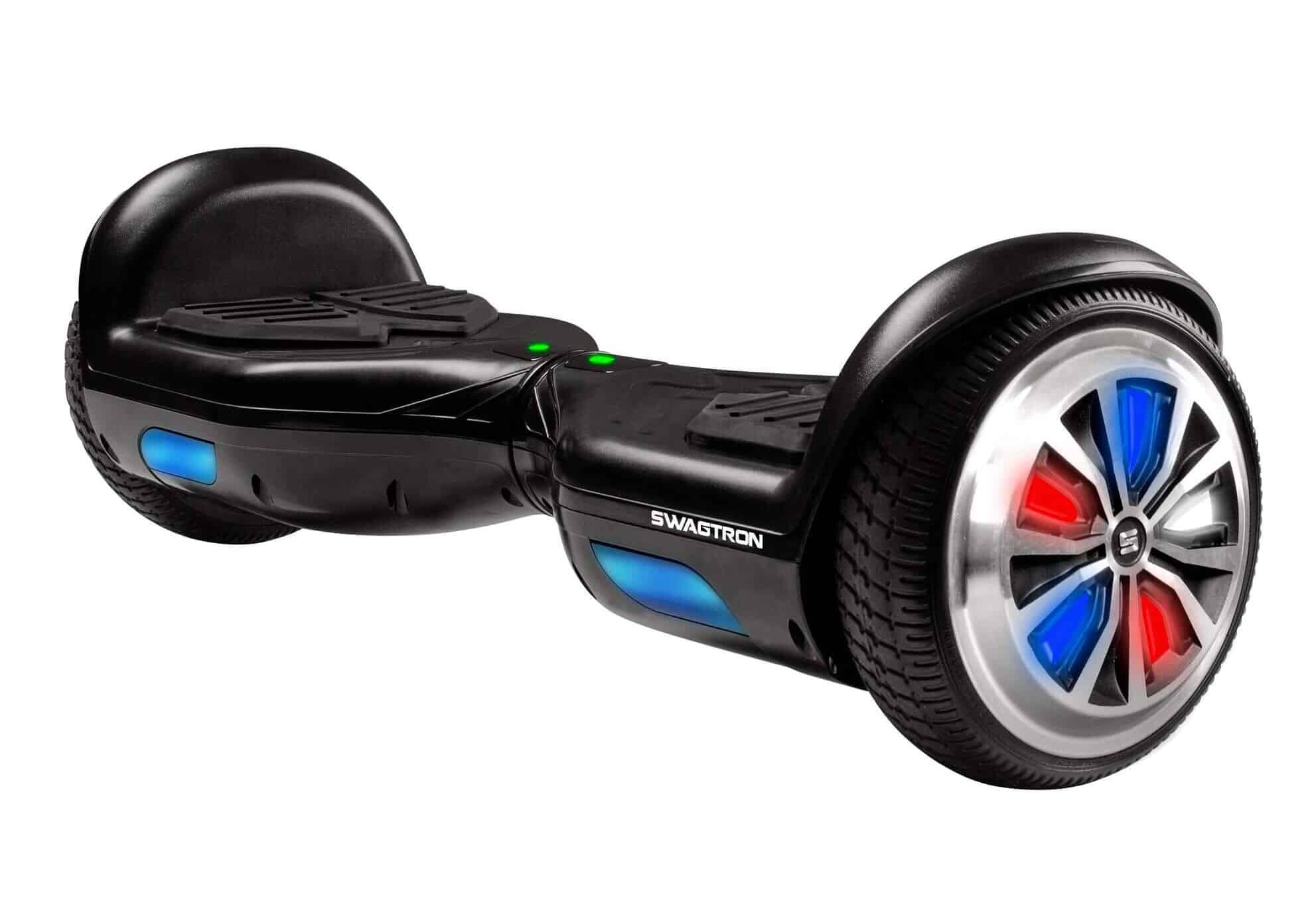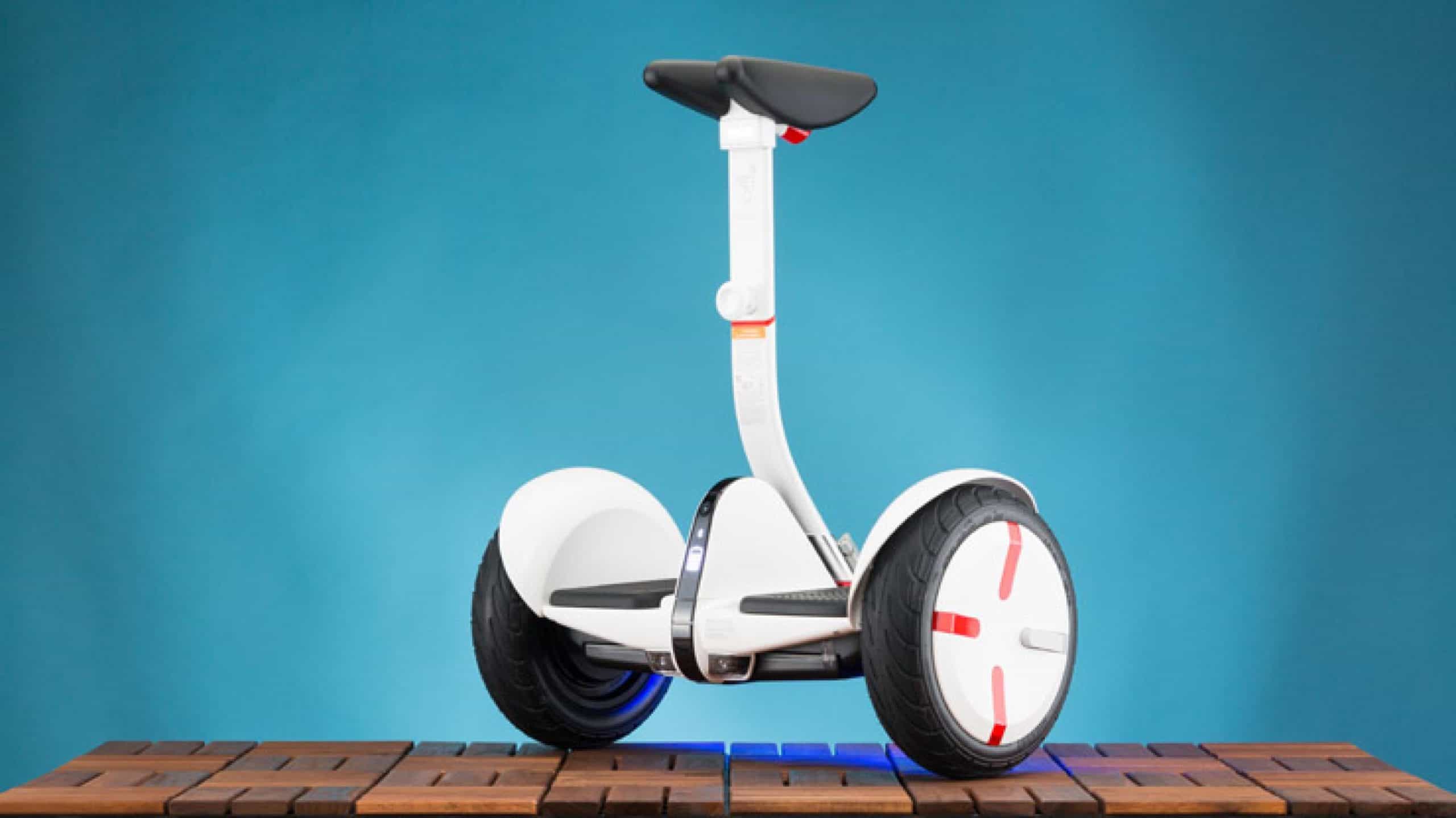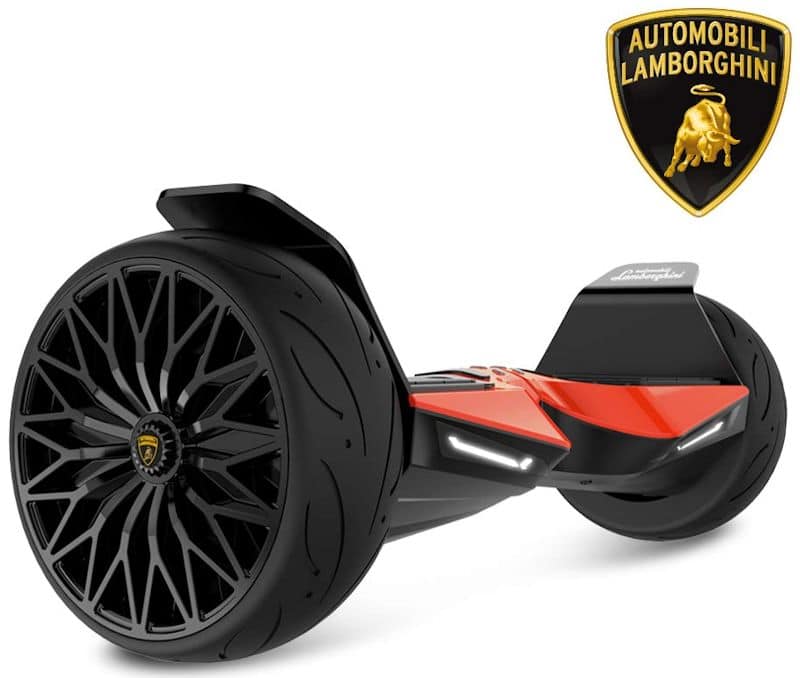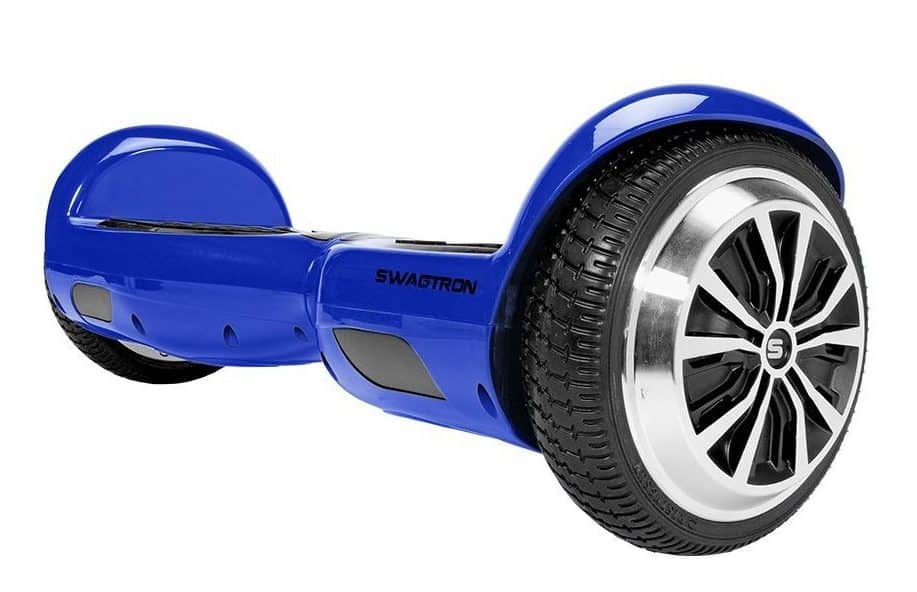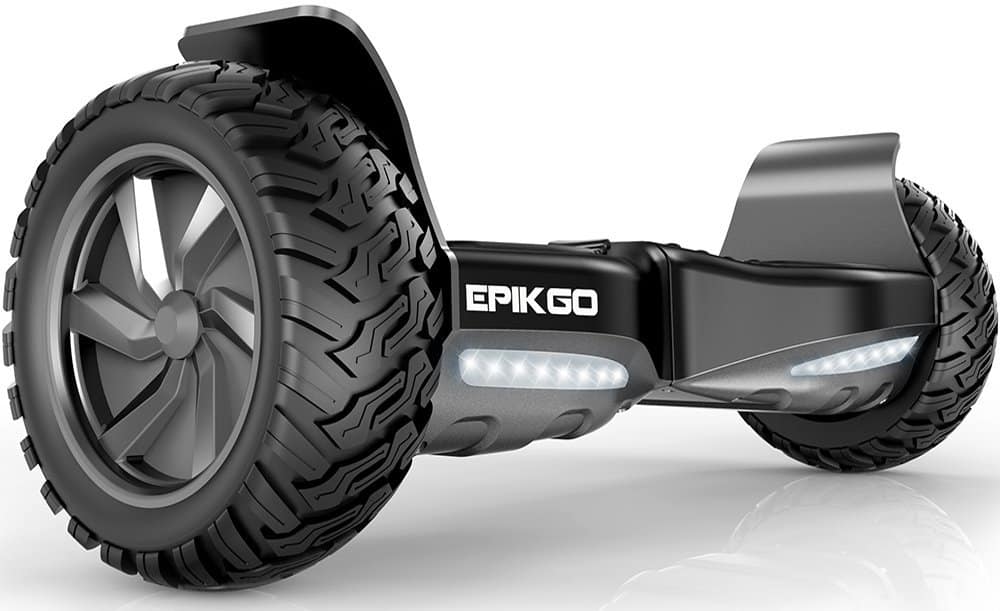A top-rated hoverboard or self-balancing scooter can be a fun and even relatively safe way to get around, as well as a platform for tricks and extreme sports performance. Proper safety gear is a must though, to avoid hoverboard injuries for riders of all ages.
Best Hoverboard Safety Equipment
Here are some of the most essential hoverboard safety equipment for kids and adults. This list covers basic equipment for hoverboard riding around town. Specialized users may need additional gear for extreme sports and high-speed riding.
Helmets for Hoverboards
In order to avoid head injury while riding, the most important bit of hoverboard gear is a quality helmet. You’ll want to get a DOT-approved bicycle helmet (or look for a helmet that meets your local highway safety standards.) Make sure the helmet fits snugly and don’t reuse a helmet that has been in an impact. Hoverboard helmets can help prevent some of the most common injuries from self-balancing scooters. Most hoverboard injuries come from low-speed falls. Such falls account for nearly 80 percent of hoverboard-related ER visits. In some areas including California, the law mandates wearing a helmet while riding a hoverboard.
Protective Pads
For best protection on the roads and for doing tricks on hoverboards, you’ll want a full set of pads. Elbow and knee pads help avoid road rash, contusions and other common hoverboard injuries.
Wrist Pads
Among the most commonly reported hoverboard-related medical issues are wrist contusions and sprains. A good set of rigid wrist guards can help prevent strains to wrists and other scrapes.
Elbow and Knee Pads
Other common injuries from hoverboards include scraped elbows and knees. Recommended hoverboard safety equipment thus also includes elbow pads and knee guards. These help you avoid scrapes and bruises and other injuries from hoverboards. Make sure to wear elbow pads and knee pads for hoverboards certified for safety on hoverboards and electric scooters. Proper fit is important, as knee pads that are too loose may not offer adequate protection, while if they are too tight they may limit mobility, making it harder to change direction.
Lights
Most hoverboards come with lights, both forward-facing white LEDs. If your electric scooter isn’t equipped with lights, you can use a clip-on bike light to improve safety and allay visibility concerns when hoverboarding on the streets at night. Rearward-facing lights should be DOT-approved Bicycle taillights.
Shoes
While it may not seem like it at first, shoes are an important safety feature for riding two-wheeled self-balancing scooters and electric skateboards. Be sure to wear closed-toe shoes that allow your feet plenty of grip on the board. This helps maintain balance and is essential for changing direction safely. Hoverboard shoes are similar to skate shoes, but tennis shoes and work boots may be appropriate as well.
Other Protective Clothing
DOT-approved riding clothing is optional for typical hoverboard riding but essential for high speed riding. Commuters using an electric hoverboard or self-balancing scooter may want to wear a motorcycle style jacket to help add safety and avoid road rash.
Safety Measures to Follow When You Use A Hoverboard
When it comes to hoverboards, as with other moving vehicles, proper technique is key to safety. Always follow the weight limit recommendations of the hoverboard manufacturer. When you step onto any 2-wheeled self-balancing scooter, be sure to start from behind the device and step forward. Likewise, when you step off, step backward. When you want to go faster, use your core muscles to shift your weight forwards rather than leaning forwards with your head and upper body. This helps control the board and keeps your weight centered, letting the gyroscopes maintain balance. Make note of your hoverboard’s motor type and capabilities so you know what to expect from your scooter.
Make sure your hoverboard batteries are UL-approved. This means they’ll have a fire-resistant casing and proper thermal management to avoid overheating. Never overcharge your electric scooter batteries.
When carrying your hoverboard, you should hold on to the edge of the board; never hold a hoverboard by the wheel**. **Some 10 percent of reported hoverboard injuries occur due to fingers getting stuck between the wheel and wheel well.
F.A.Q.S
Are hoverboards safe?
Despite some issues with early model hoverboards, these self-balancing scooters can be relatively safe. When ridden at low speeds, hoverboards are about as safe as a bicycle or human-powered scooter.
What types of injuries can be caused by hoverboards?
The most common hoverboard injuries are wrist strains and upper limb contusions, along with minor knee injuries. Falls are the most frequent cause of hoverboard injuries.
What kind of helmet do you need for a hoverboard?
For a hoverboard, you should look for a DOT-approved helmet for riding on public streets.
Do hoverboards still catch on fire?
The widely-publicized issues with hoverboard fires were caused by the use of faulty battery packs in some early production hoverboards. Since then, hoverboard batteries must meet UL2272 approval for fire resistance and thermal management in LiPO4 batteries and lithium polymer batteries for use in electric scooters.
STAT: Wrist sprains and strains, followed by arm and shoulder sprains, were the most commonly reported hoverboard-related injuries in 2016-2017.
STAT: 79% of Hoverboard-related ER visits were due to falls.
STAT: Minimum age for riding a hoverboard on public roads in California: 16.
STAT: 10% of reported Hoverboard injuries in 2017 were due to finger entrapment in the board’s wheel well.
REFERENCES:
- https://www.reuters.com/article/us-health-kids-skateboard-injuries/hoverboard-injuries-sending-thousands-of-kids-to-ers-idUSKBN1H3399
- https://pubmed.ncbi.nlm.nih.gov/28110548/
- https://www.researchgate.net/publication/320571146_Injuries_Associated_with_Hoverboard_Use_A_Case_Series_of_Emergency_Department_Patientsr
- https://abc7.com/hoverboard-use-age-limit-for-hoverboards-2016-california-laws/1140418/

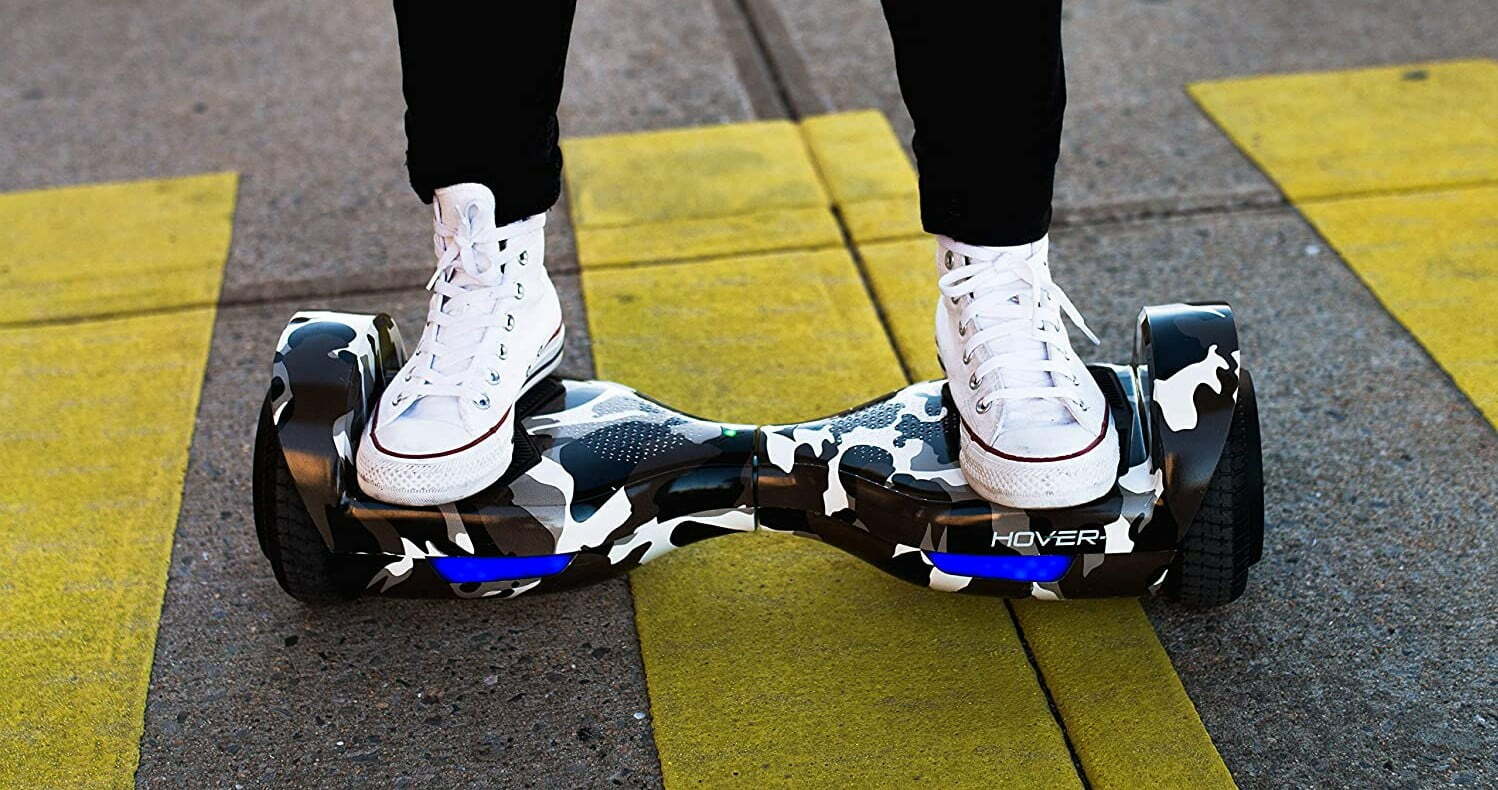













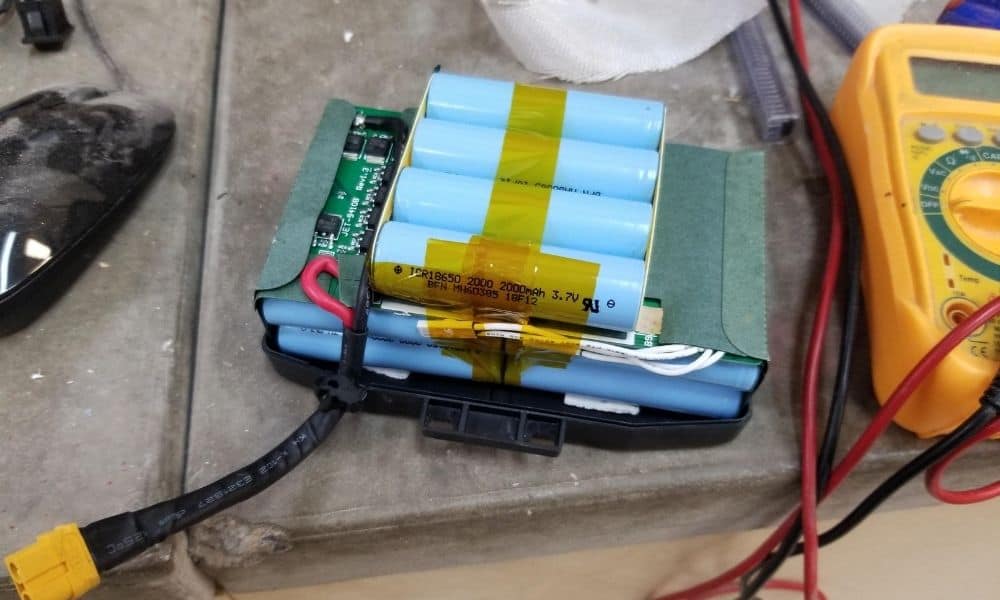
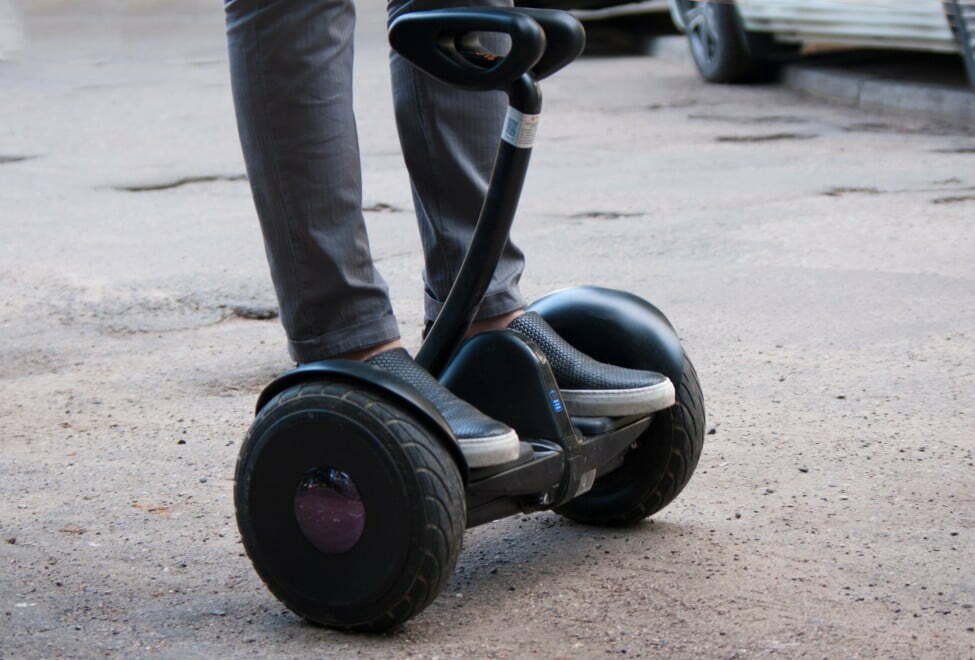
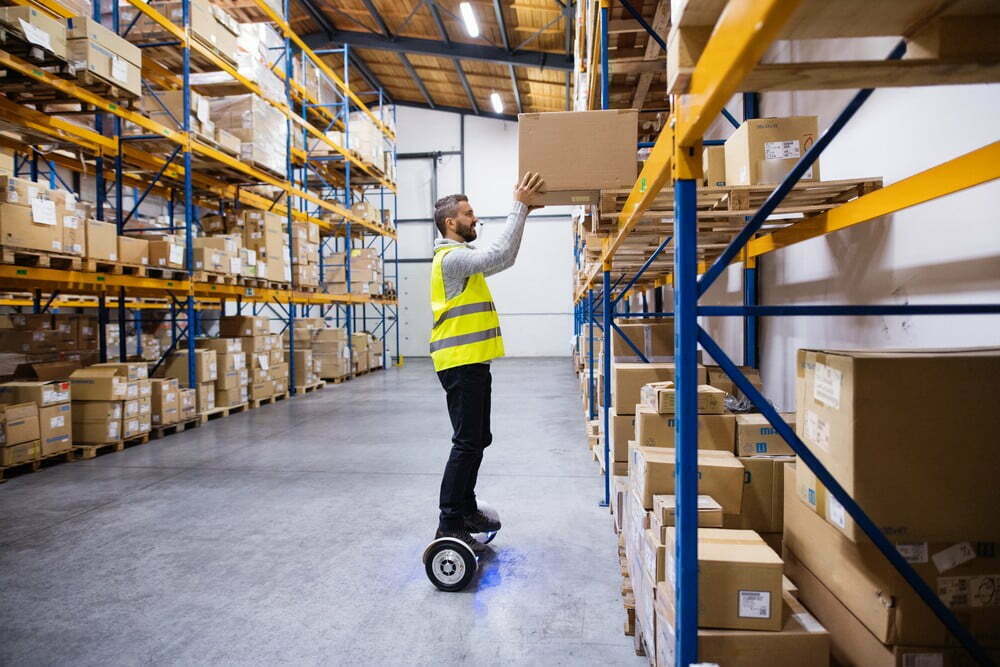
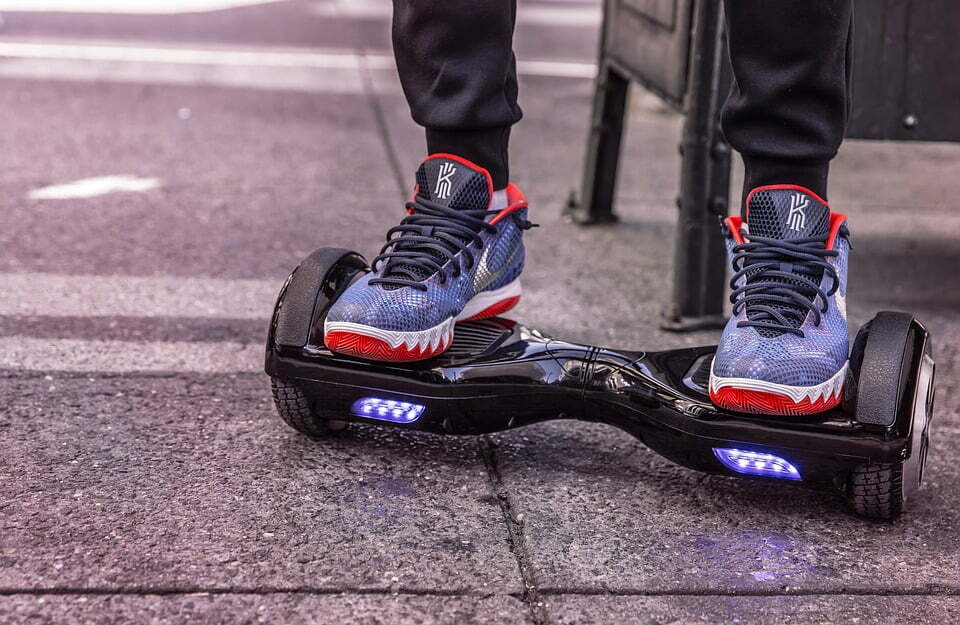
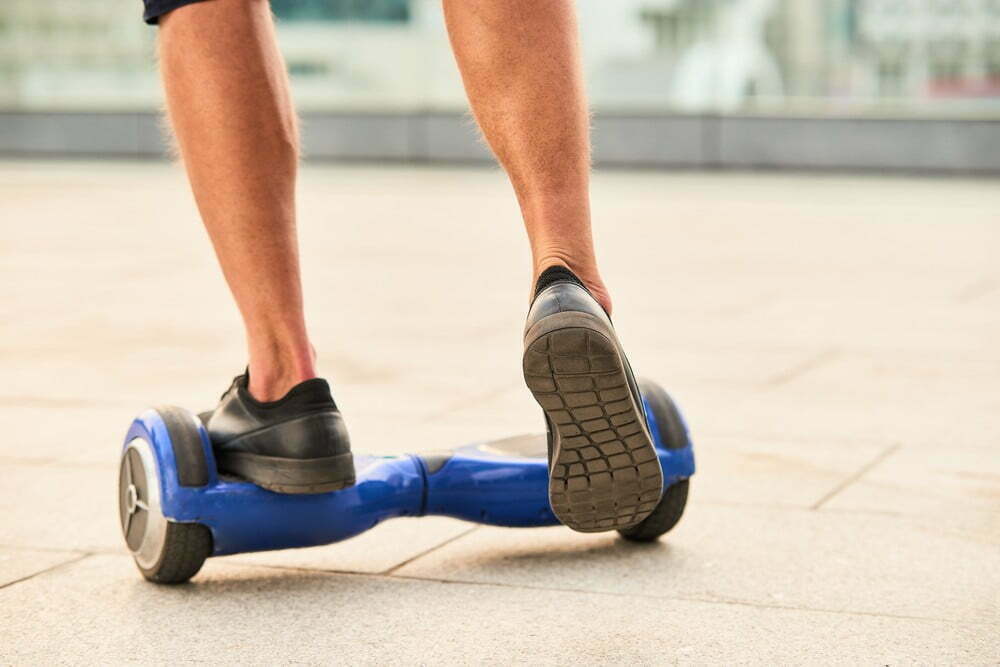
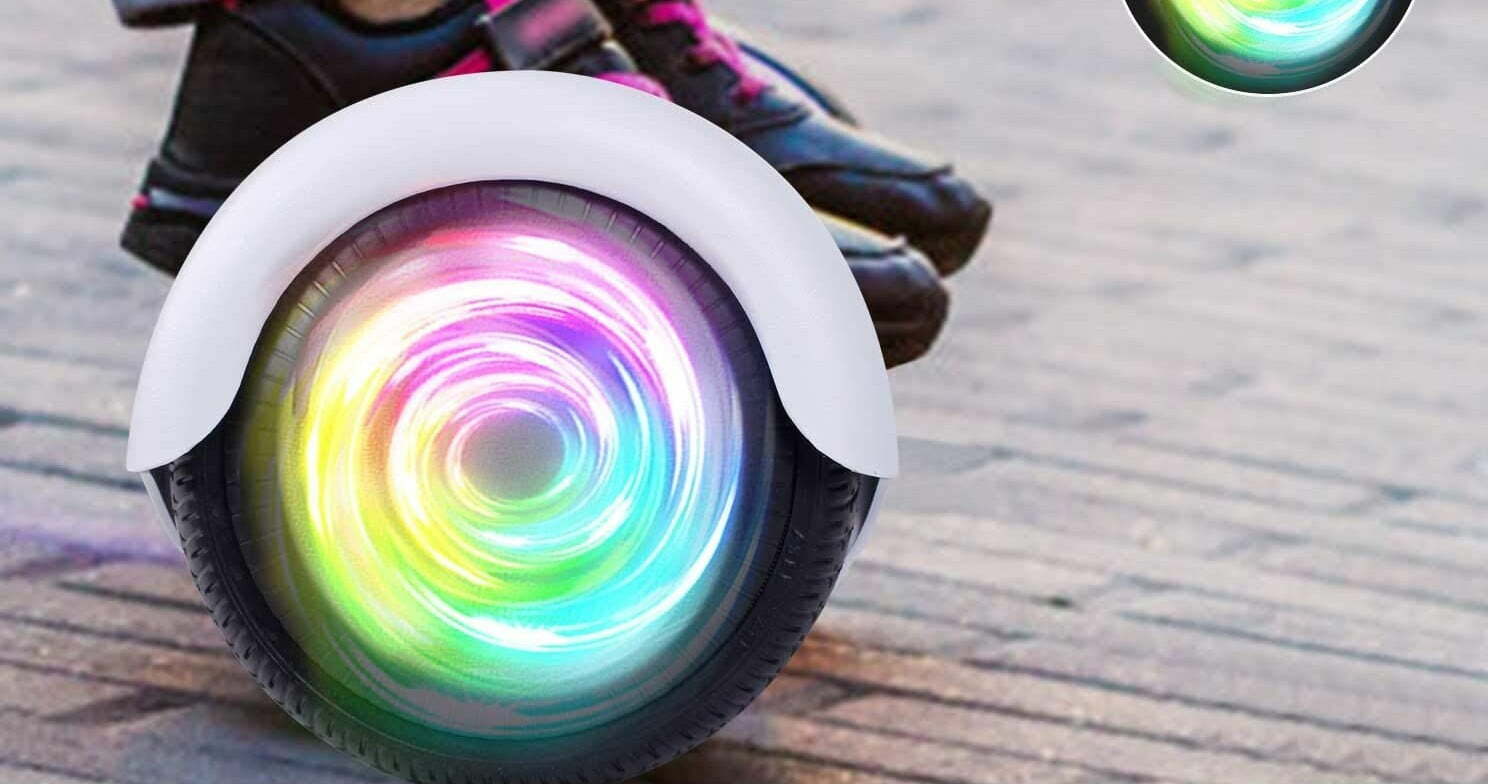
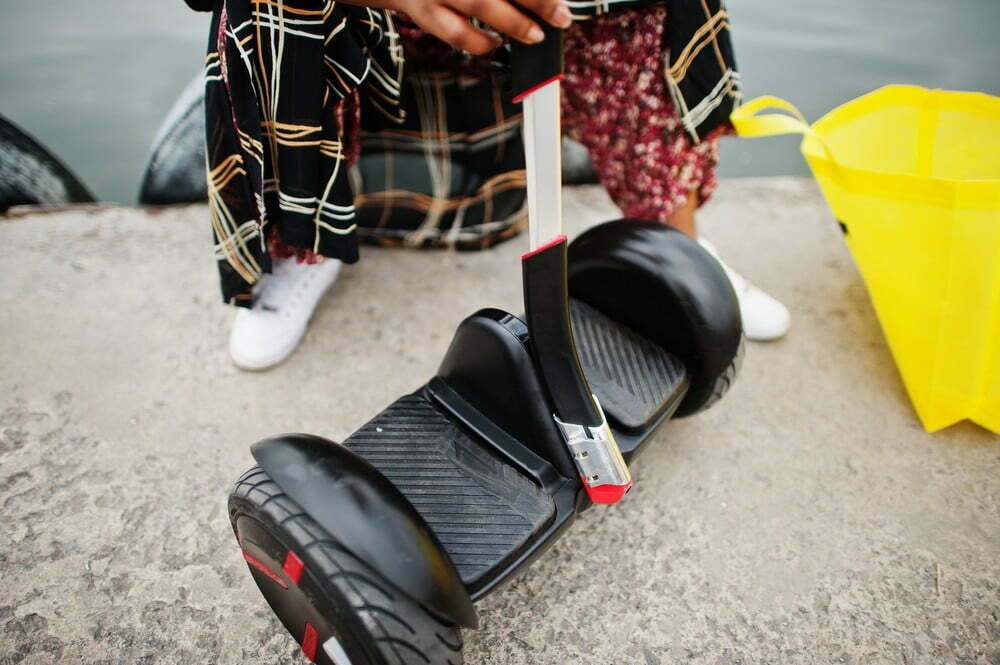
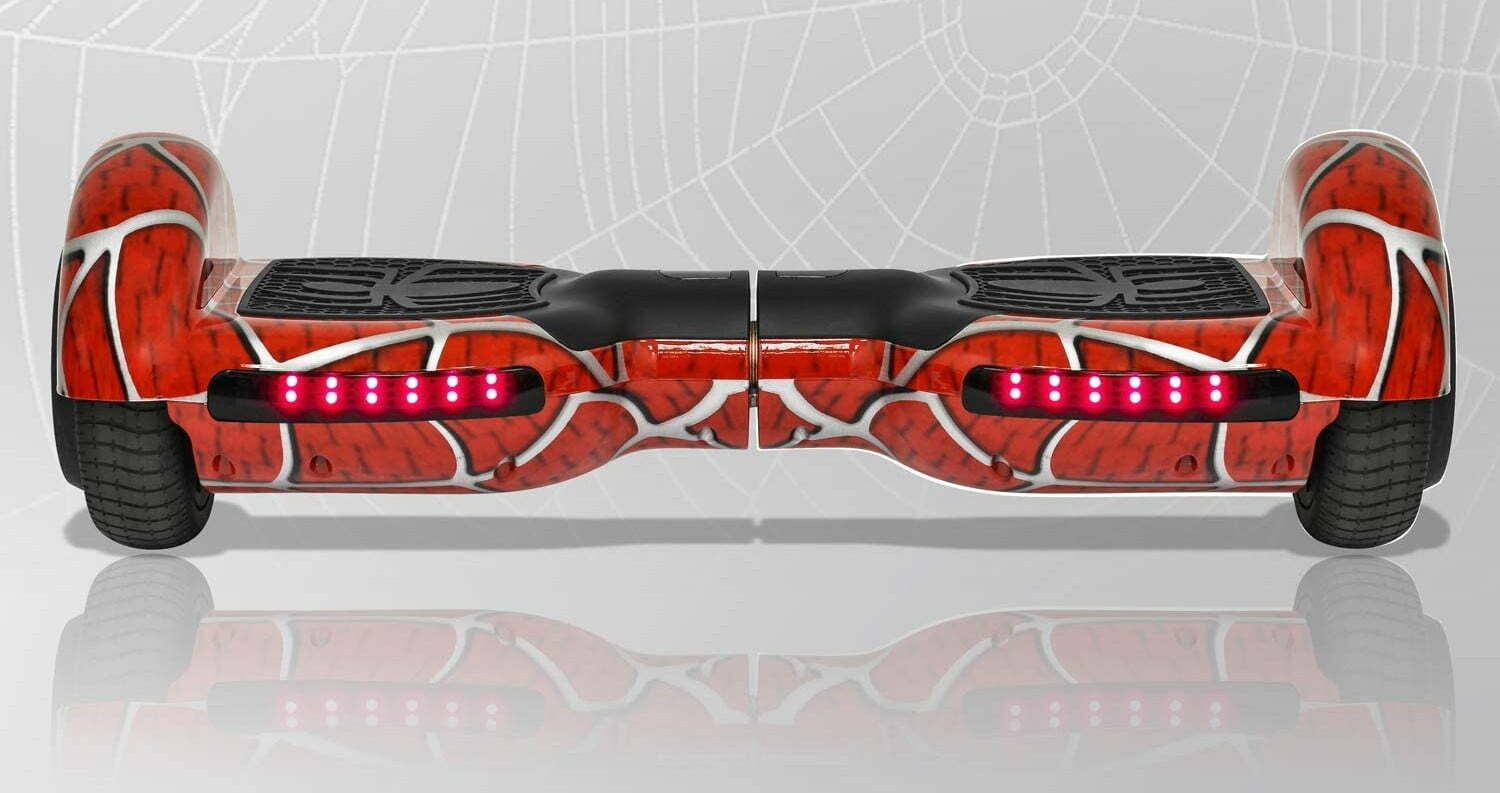
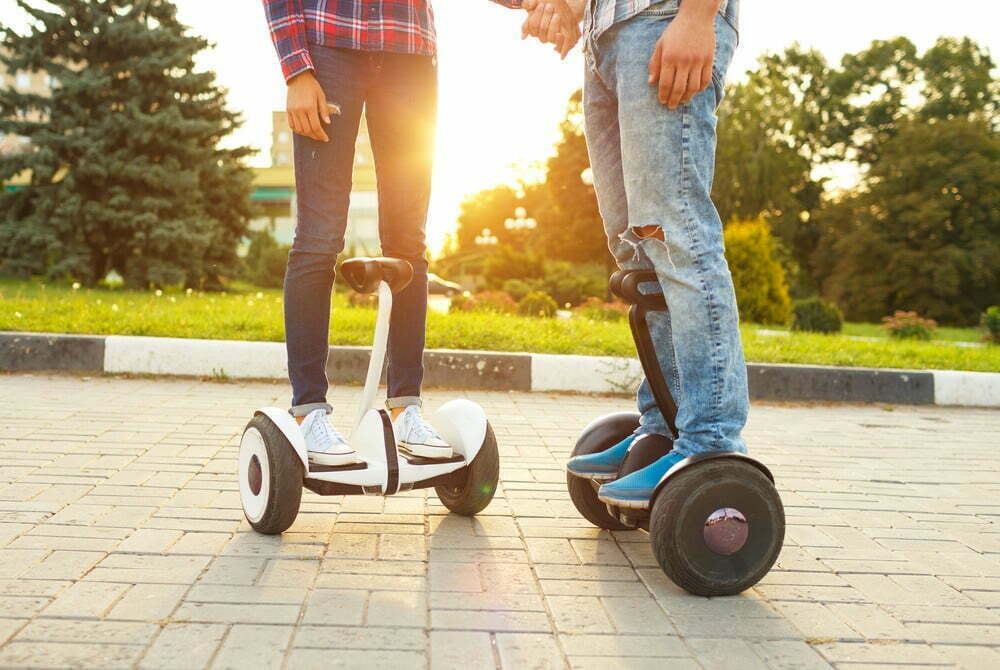
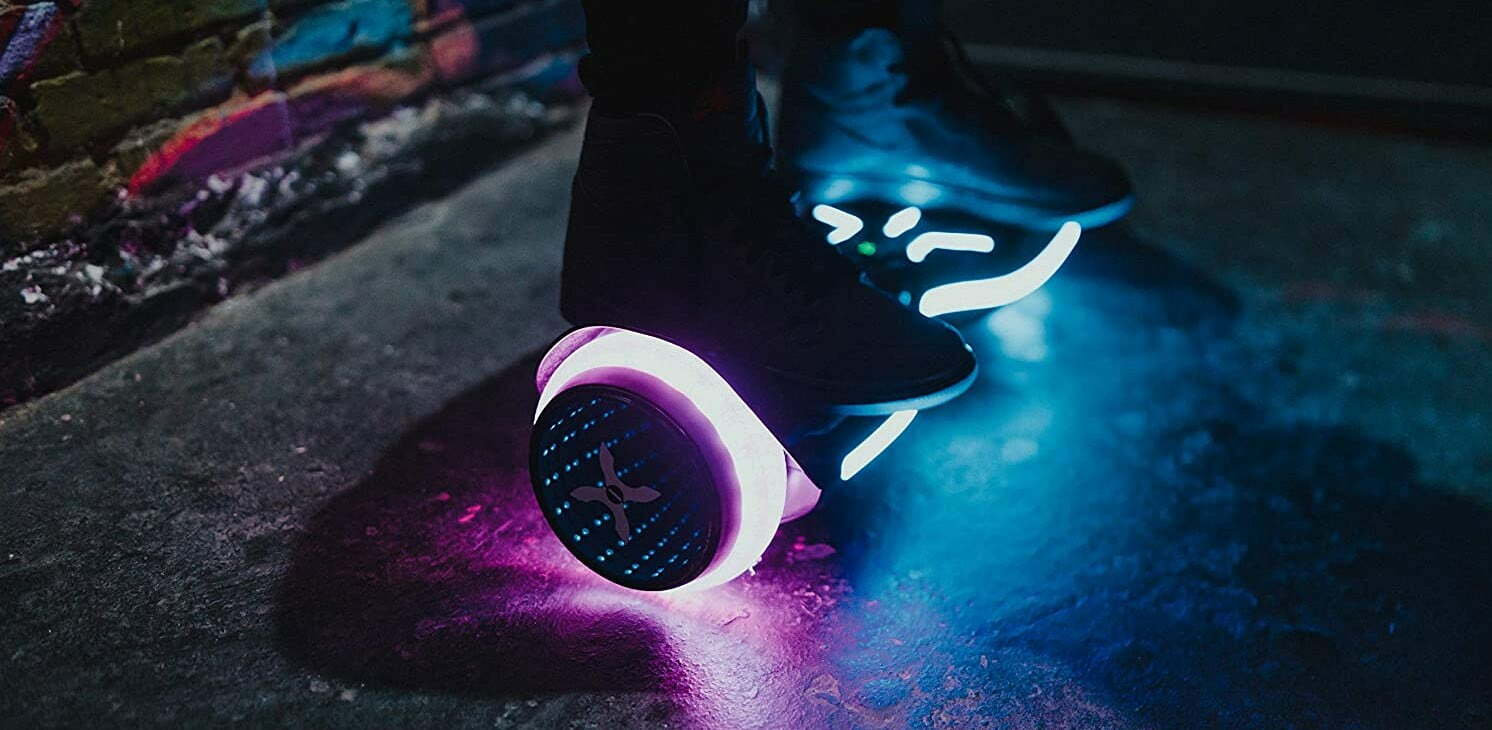
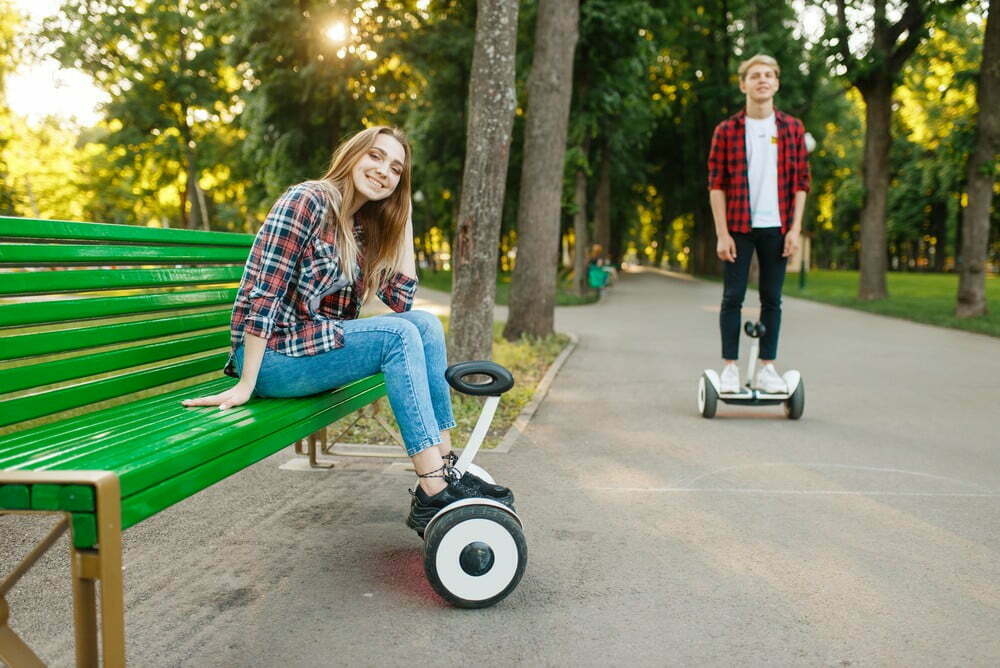
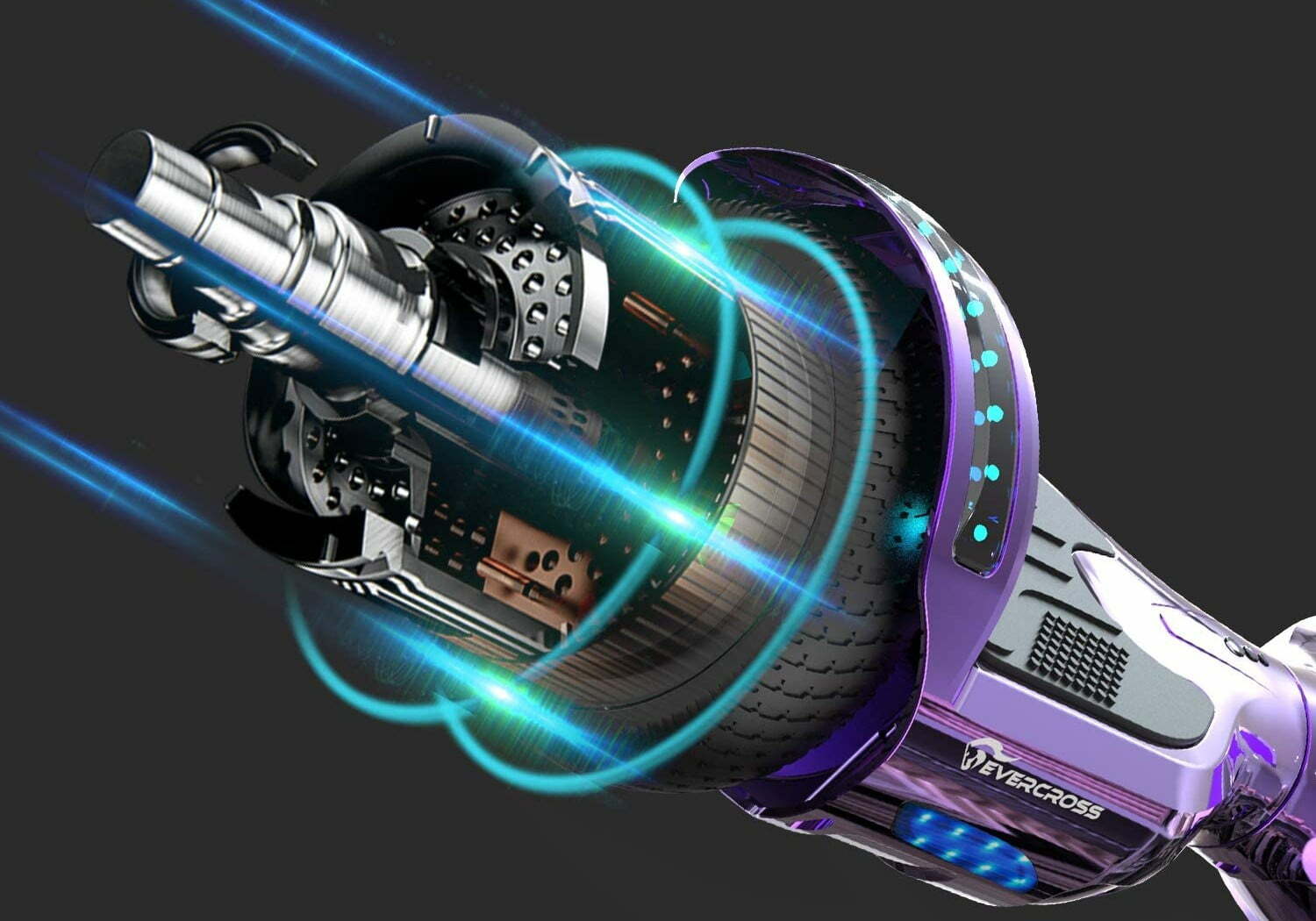
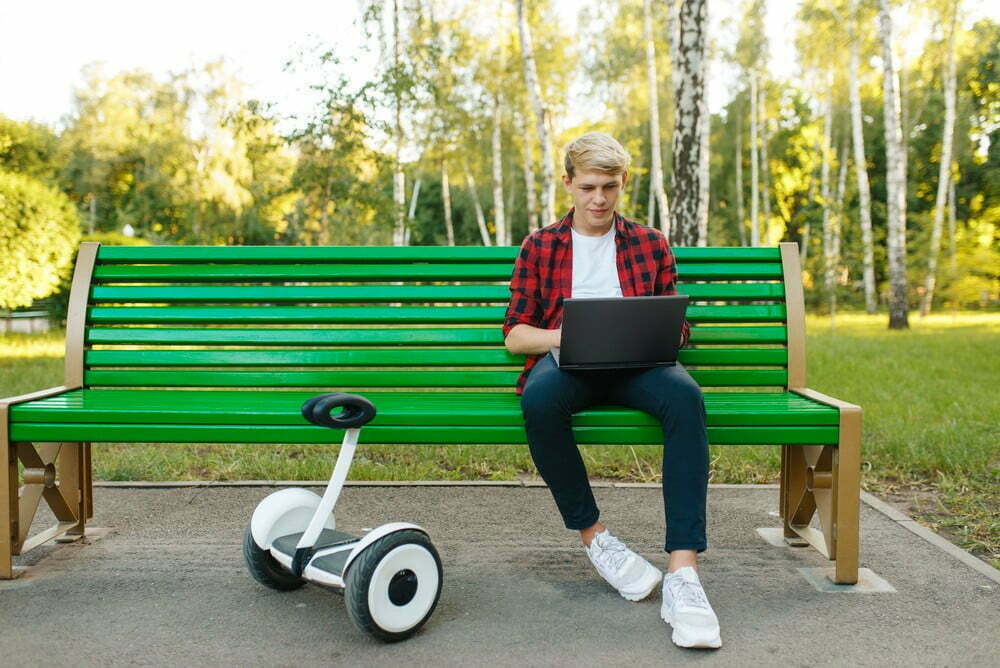
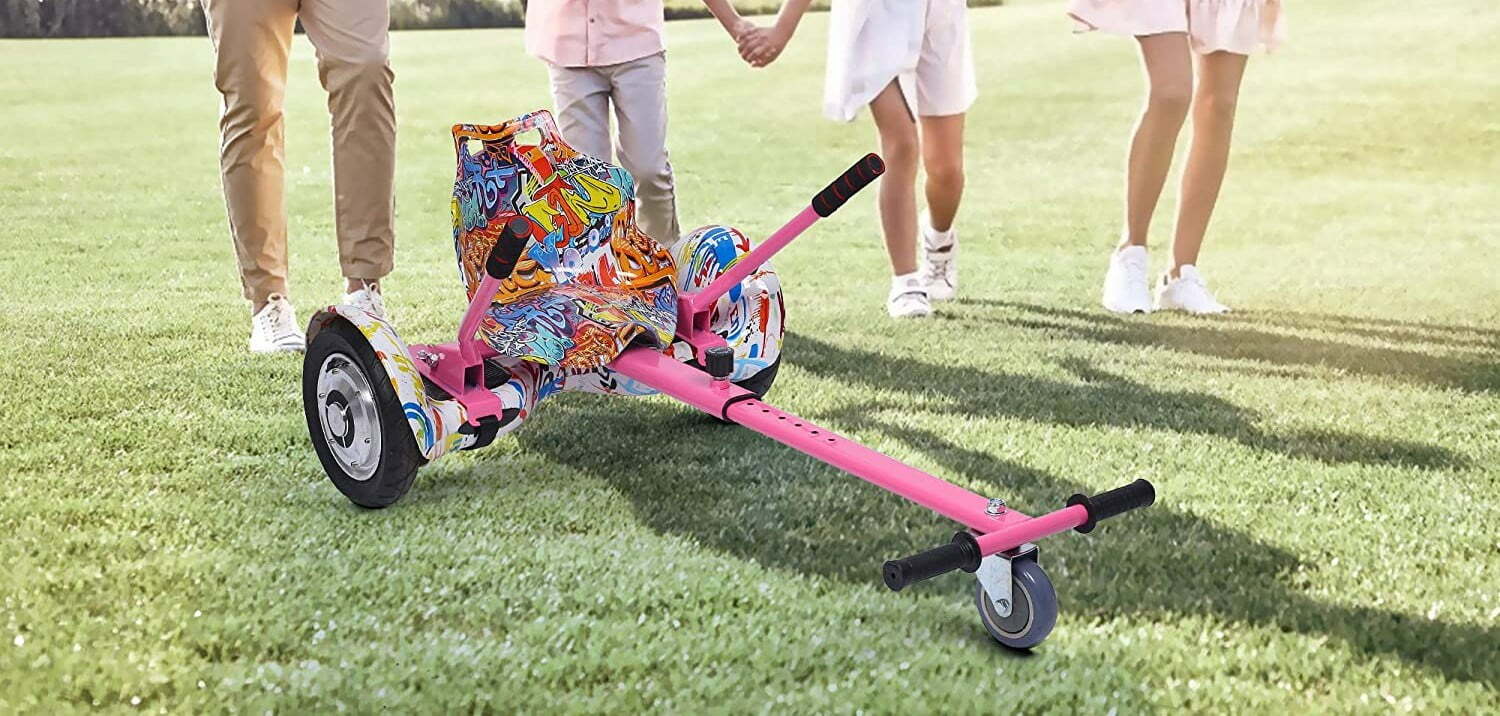
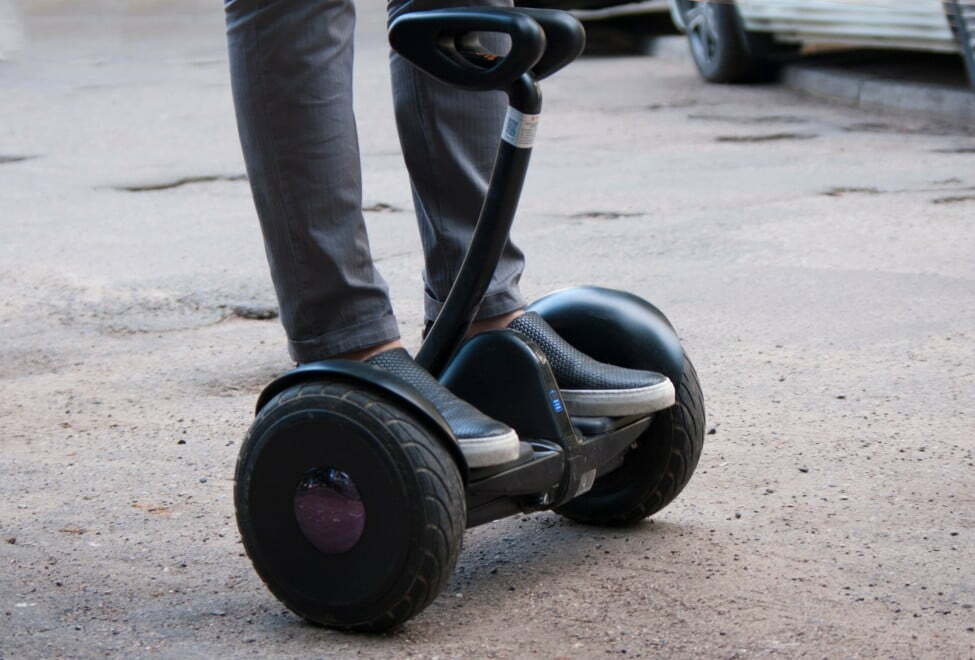
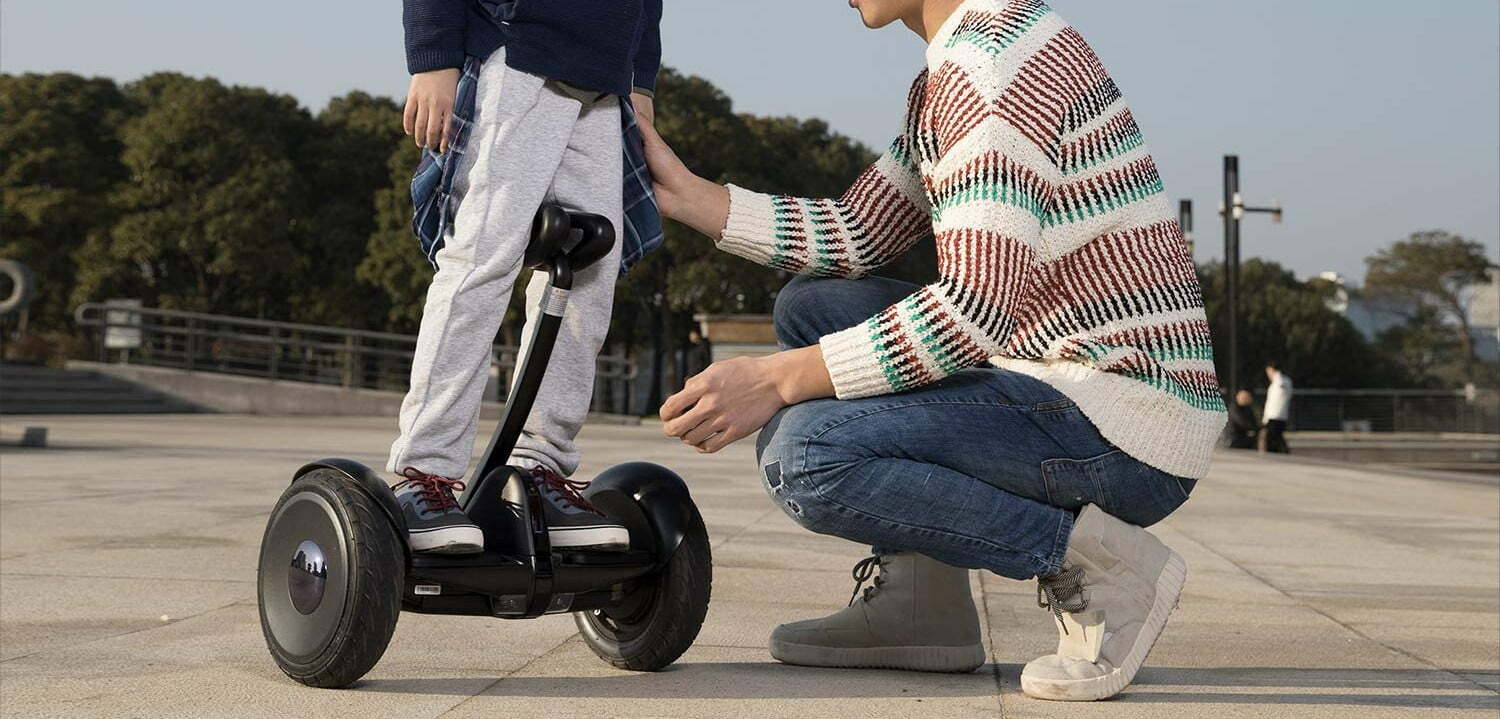
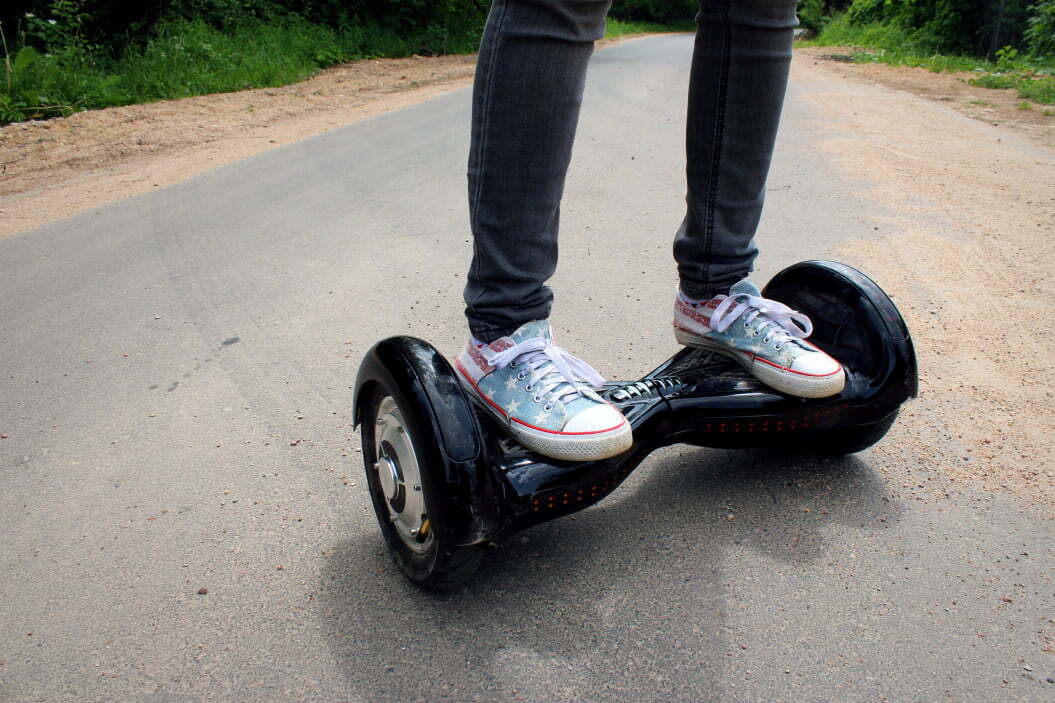
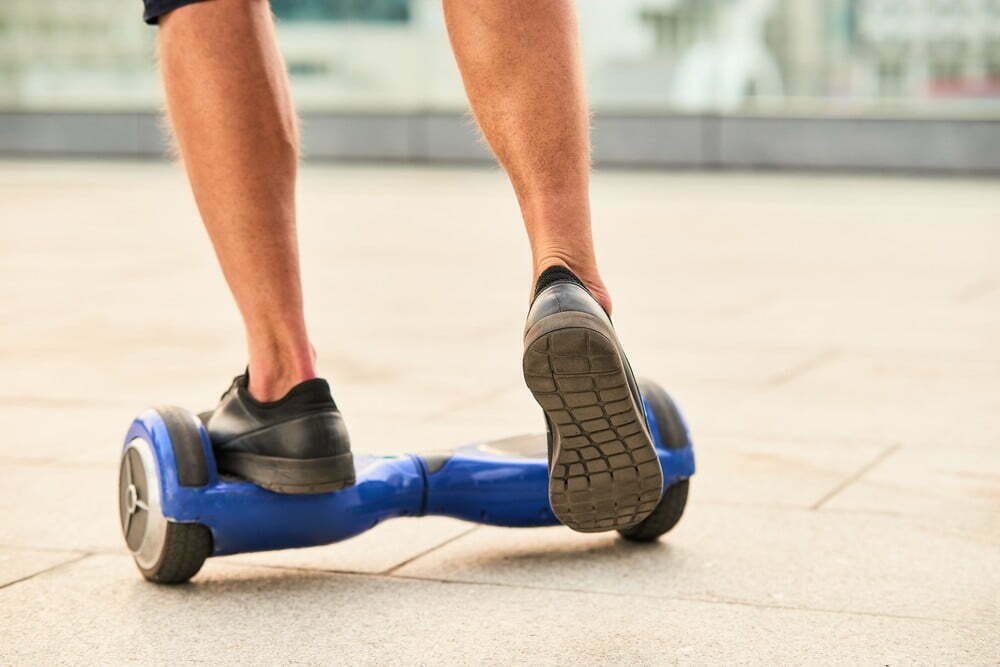
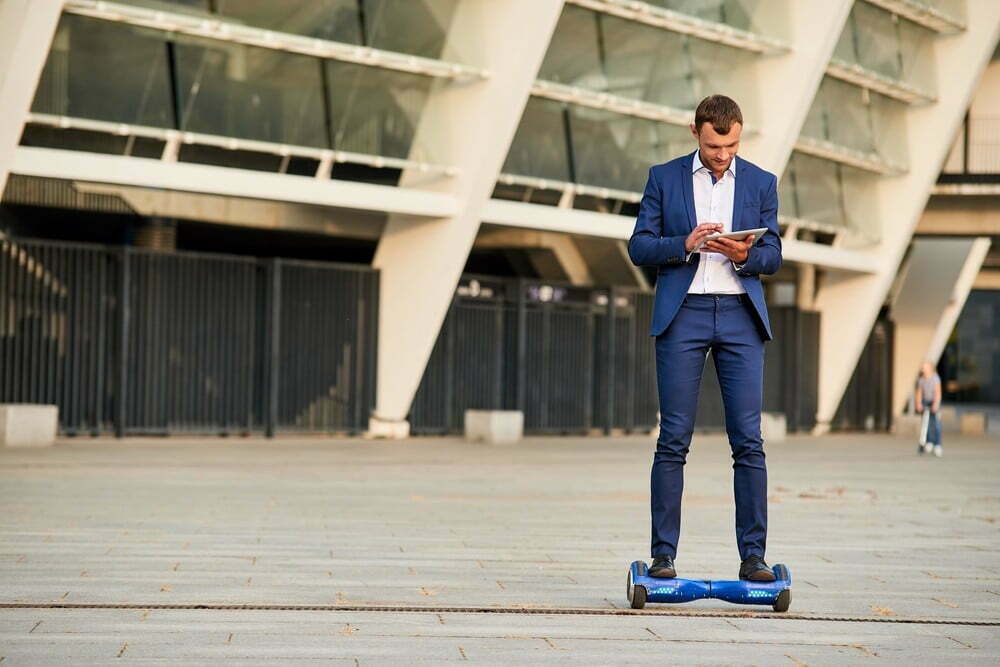
![Best 10 Inch Hoverboards in [year] 27 Best 10 Inch Hoverboards in 2026](https://www.gadgetreview.dev/wp-content/uploads/best-10-inch-hoverboard-image.jpg)
![Best Single Wheel Hoverboards in [year] 28 Best Single Wheel Hoverboards in 2026](https://www.gadgetreview.dev/wp-content/uploads/best-single-wheel-hoverboard-image.jpg)
![Best 8 Inch Hoverboards in [year] 29 Best 8 Inch Hoverboards in 2026](https://www.gadgetreview.dev/wp-content/uploads/best-8-inch-hoverboard-image.jpg)
![Best Hoverboards for Girls in [year] 30 Best Hoverboards for Girls in 2026](https://www.gadgetreview.dev/wp-content/uploads/best-hoverboards-for-girls-image.jpg)
![Best Hoverboards for Adults in [year] 31 Best Hoverboards for Adults in 2026](https://www.gadgetreview.dev/wp-content/uploads/best-hoverboard-for-adults-image.jpg)
![Best Hoverboard Accessories in [year] 32 Best Hoverboard Accessories in 2026](https://www.gadgetreview.dev/wp-content/uploads/best-hoverboard-accessories-image.jpg)
![Best 6.5 Inch Hoverboards in [year] 33 Best 6.5 Inch Hoverboards in 2026](https://www.gadgetreview.dev/wp-content/uploads/best-6.5-inch-hoverboard-image.jpg)
![Best Bluetooth Hoverboards in [year] 34 Best Bluetooth Hoverboards in 2026](https://www.gadgetreview.dev/wp-content/uploads/best-bluetooth-hoverboards-image.jpg)
![Best Knee Pads for Hoverboards in [year] 35 Best Knee Pads for Hoverboards in 2026](https://www.gadgetreview.dev/wp-content/uploads/best-knee-pads-for-hoverboard-image.jpg)
![Best Hoverboard for Beginners in [year] 36 Best Hoverboard for Beginners in 2026](https://www.gadgetreview.dev/wp-content/uploads/best-hoverboards-for-beginners-image.jpg)
![Best Helmets for Hoverboards in [year] 37 Best Helmets for Hoverboards in 2026](https://www.gadgetreview.dev/wp-content/uploads/best-helmet-for-hoverboard-image.jpg)
![Best Hoverboard Carrying Bags in [year] 38 Best Hoverboard Carrying Bags in 2026](https://www.gadgetreview.dev/wp-content/uploads/best-hoverboard-carrying-bag-image.jpg)
![Best Hoverboard Seats in [year] 39 Best Hoverboard Seats in 2026](https://www.gadgetreview.dev/wp-content/uploads/best-hoverboard-seat-image.jpg)
![Best Hoverboard in [year] ([month] Reviews) 40 Best Hoverboard in 2026 (January Reviews)](https://www.gadgetreview.dev/wp-content/uploads/best-hoverboard-image.jpg)
![Fastest Hoverboard in [year] ([month] Reviews) 41 Fastest Hoverboard in 2026 (January Reviews)](https://www.gadgetreview.dev/wp-content/uploads/fastest-hoverboard-epikgo.jpg)
![Best Hoverboard For Kids in [year] ([month] Reviews) 42 Best Hoverboard For Kids in 2026 (January Reviews)](https://www.gadgetreview.dev/wp-content/uploads/Best-Hoverboards-For-Kids.jpg)
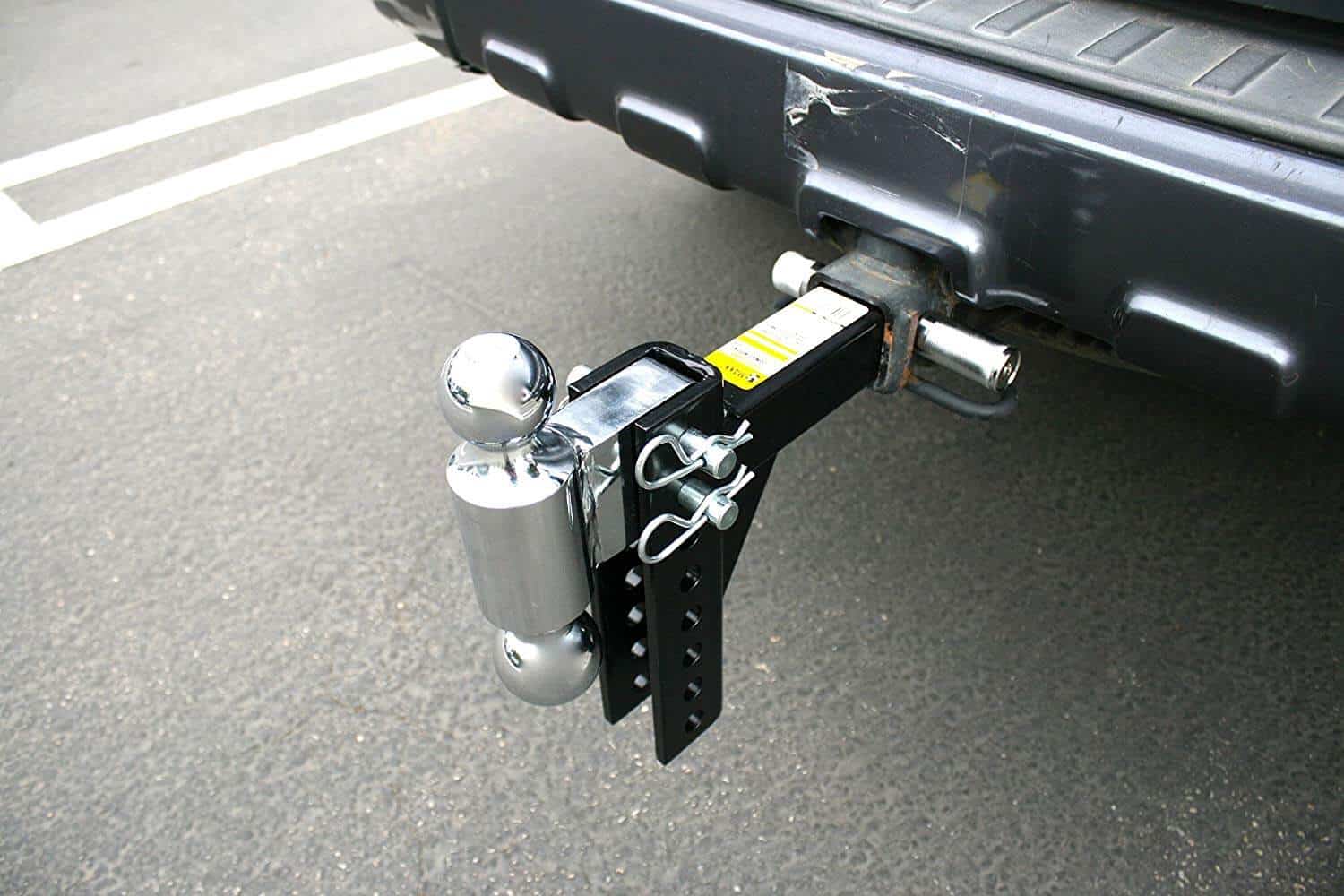
![Best RV Battery in [year] ( [month] Reviews) 44 Best RV Battery in 2026 ( January Reviews)](https://www.gadgetreview.dev/wp-content/uploads/best-rv-battery.jpg)
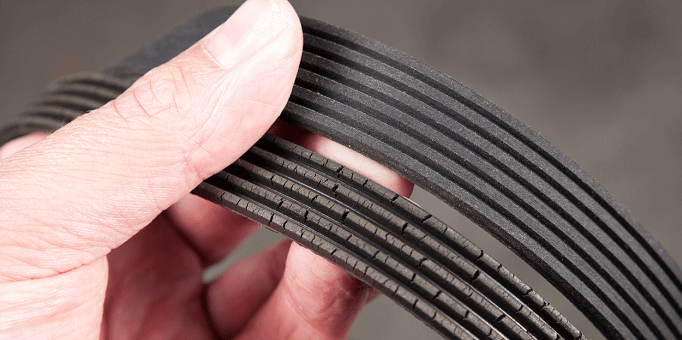
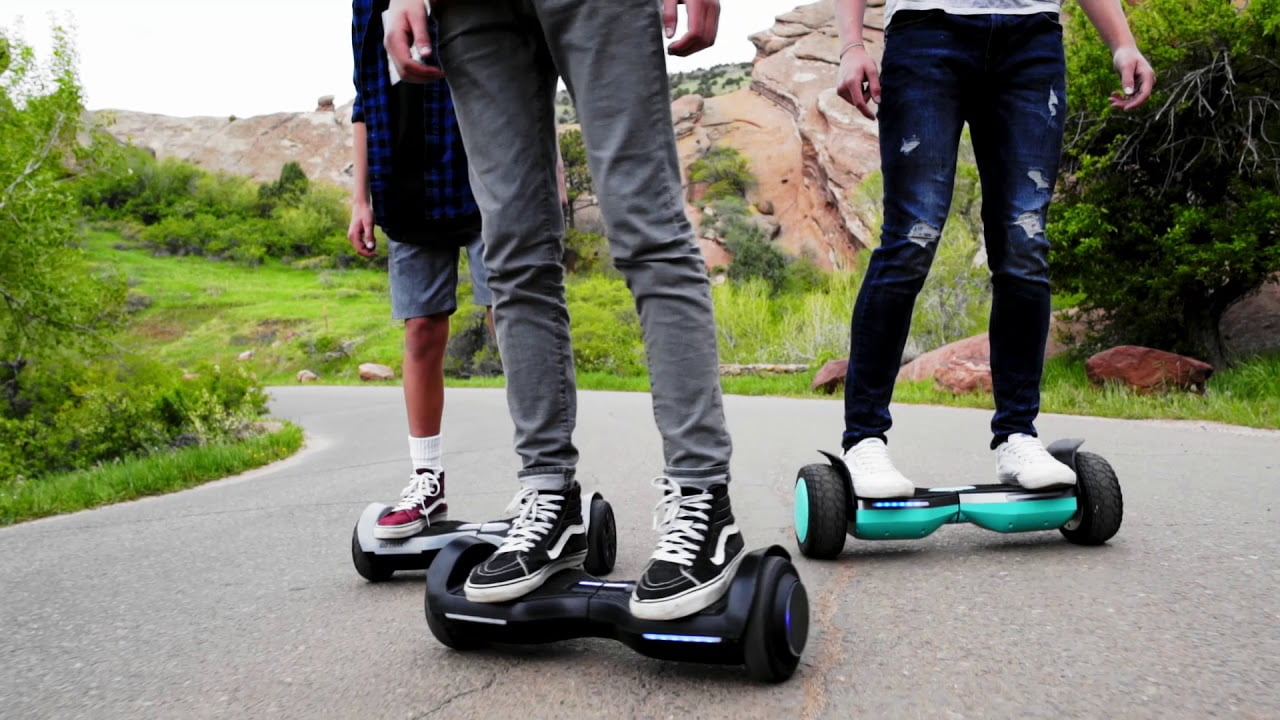
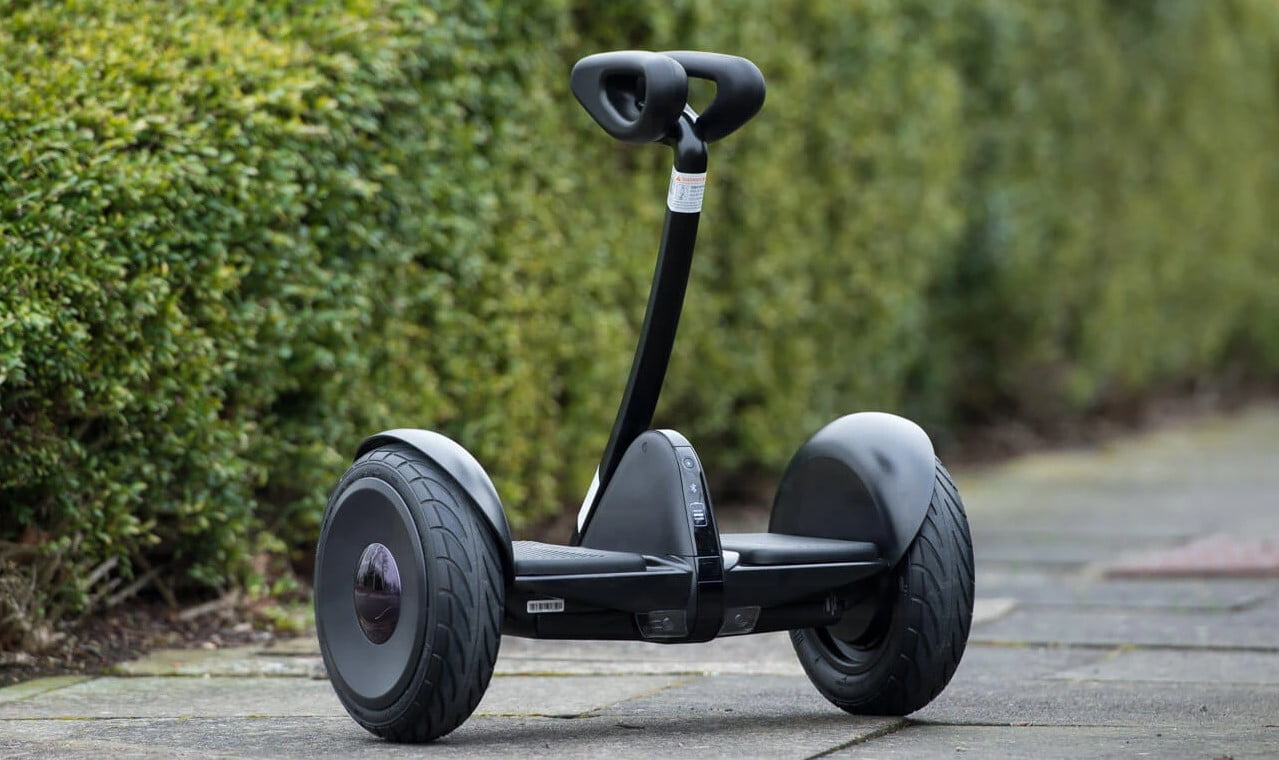
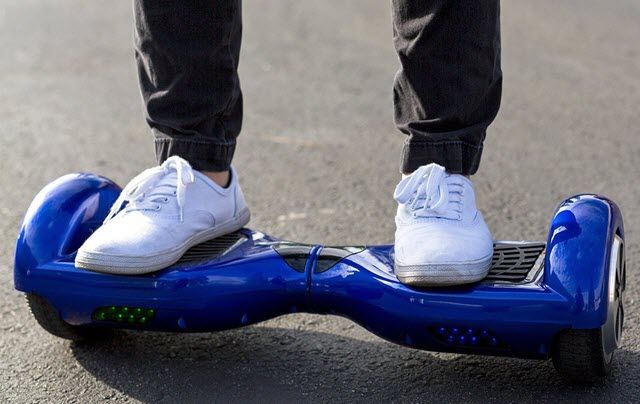
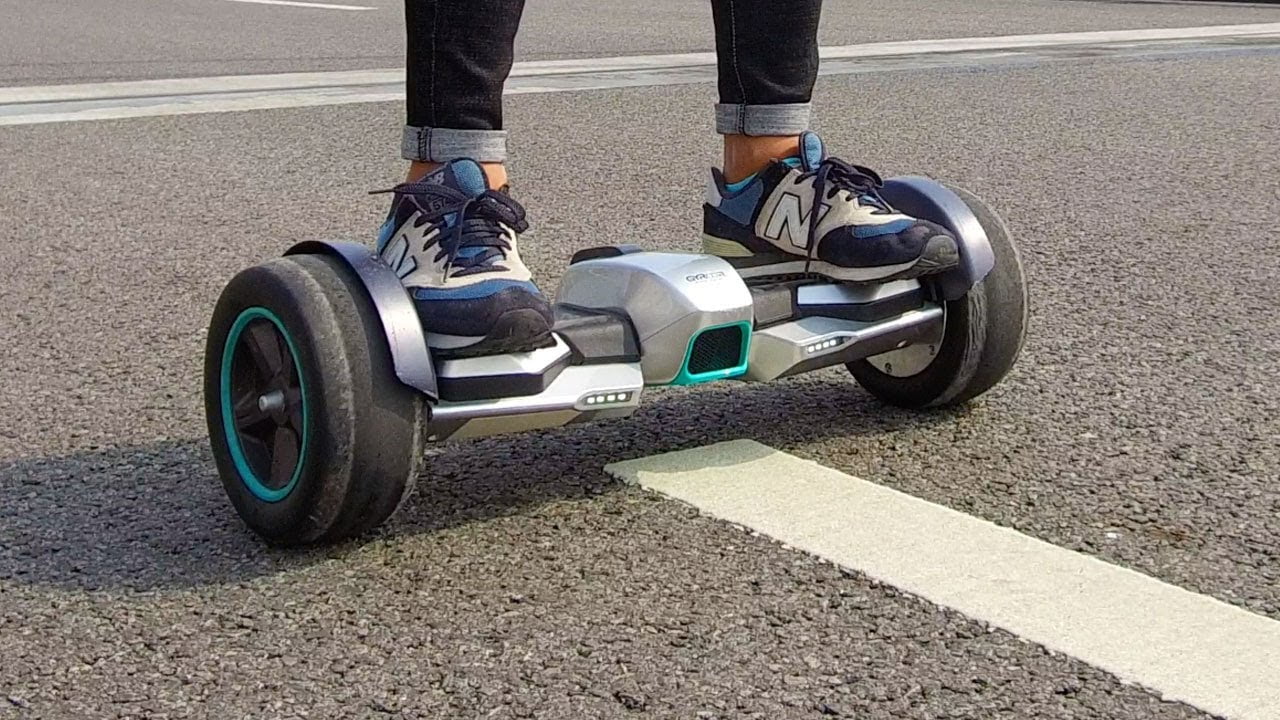
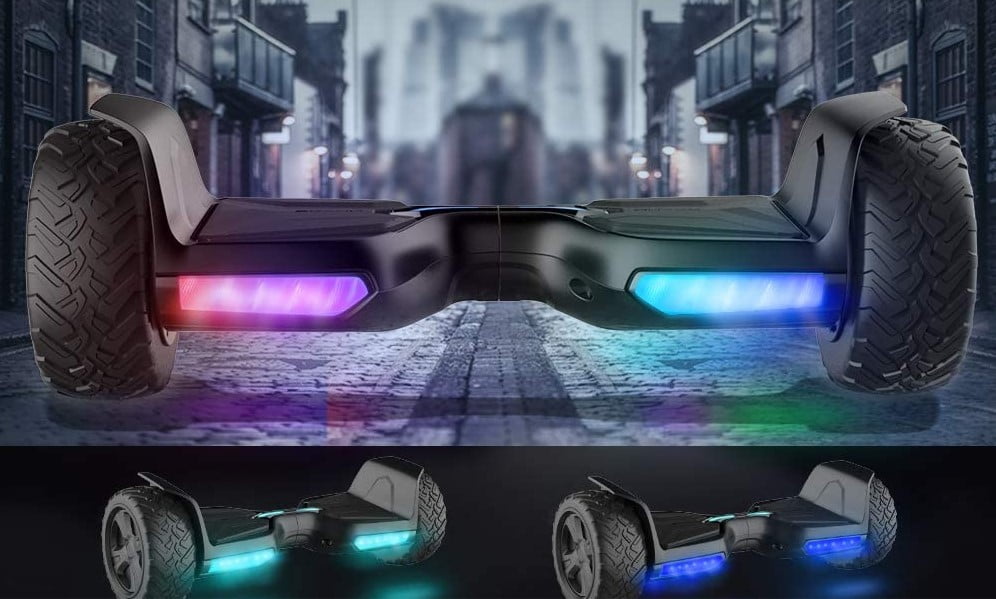
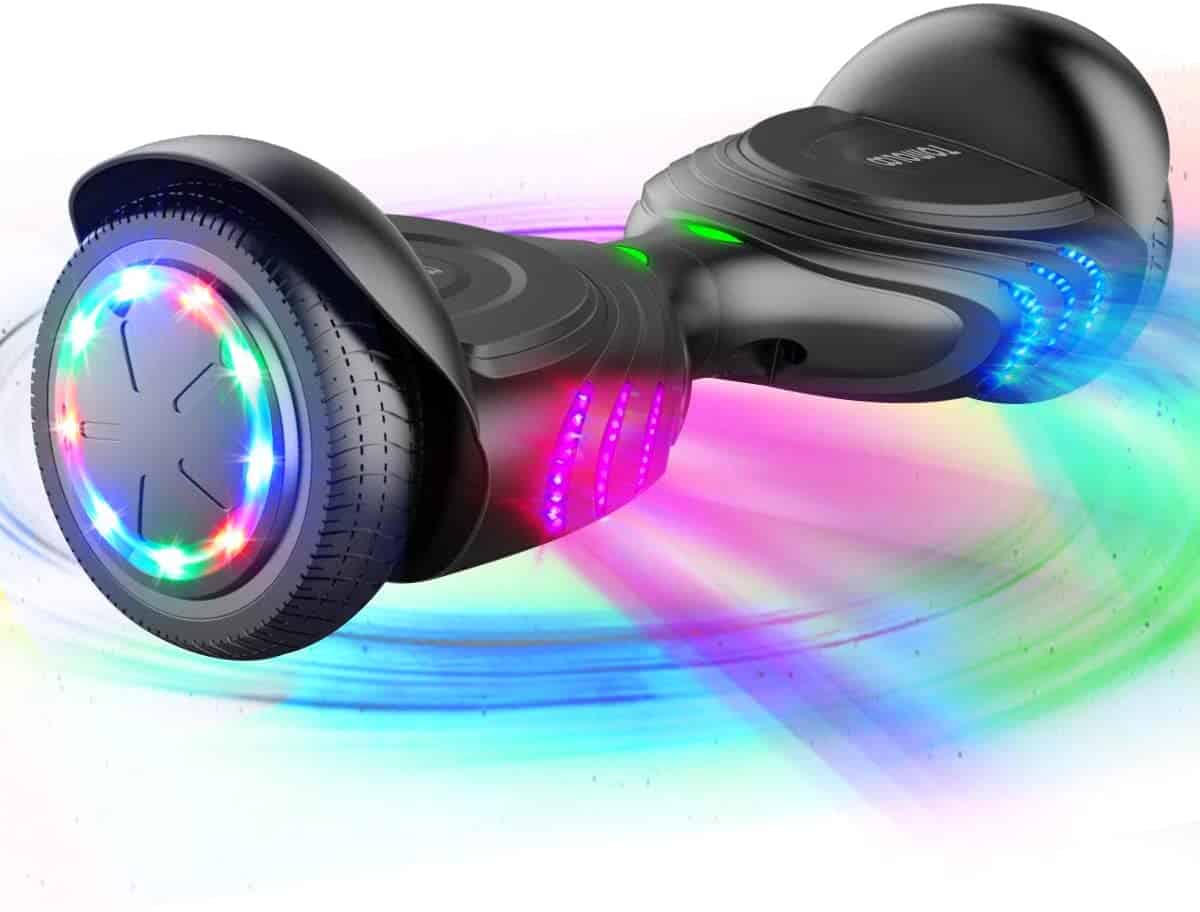
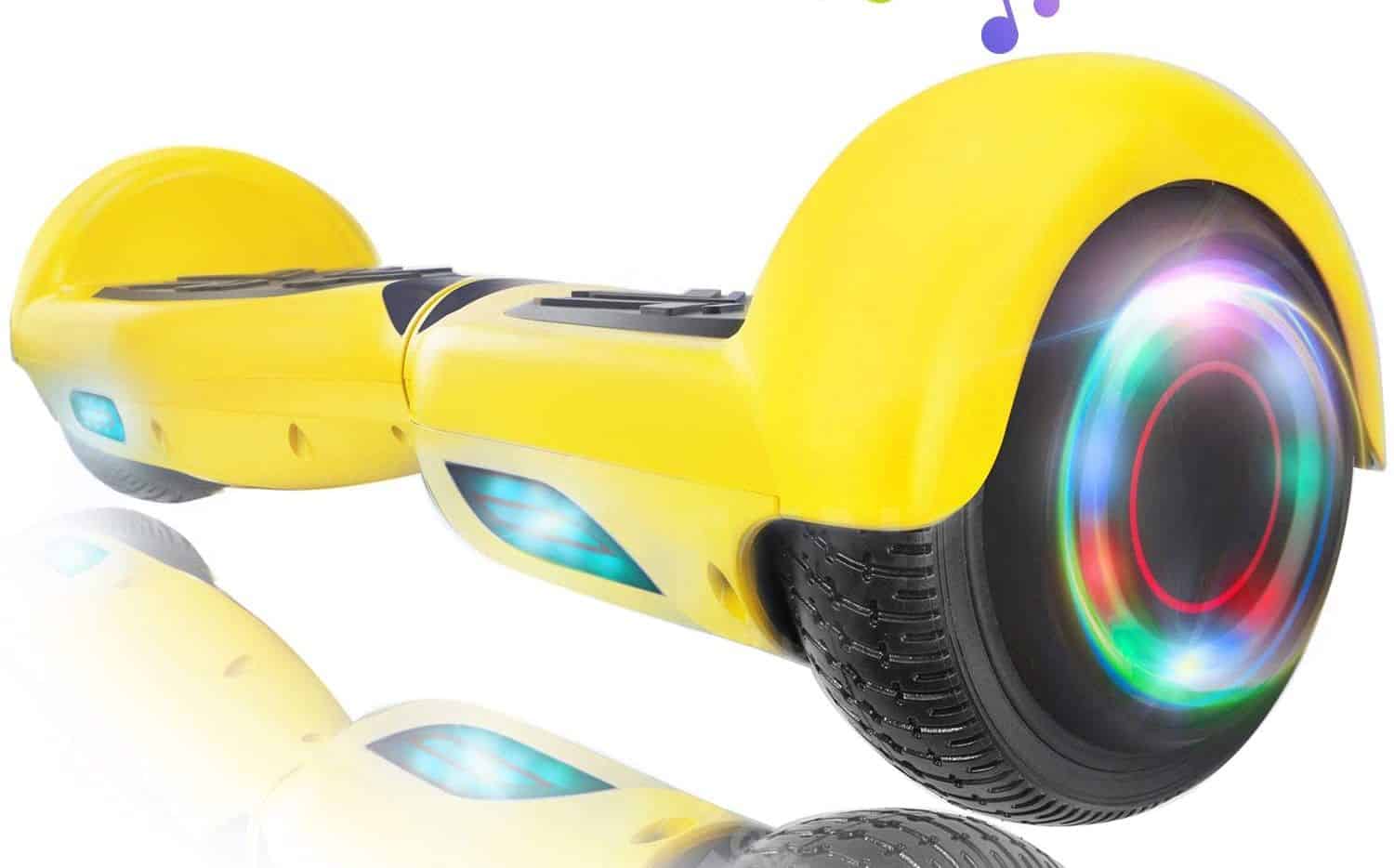
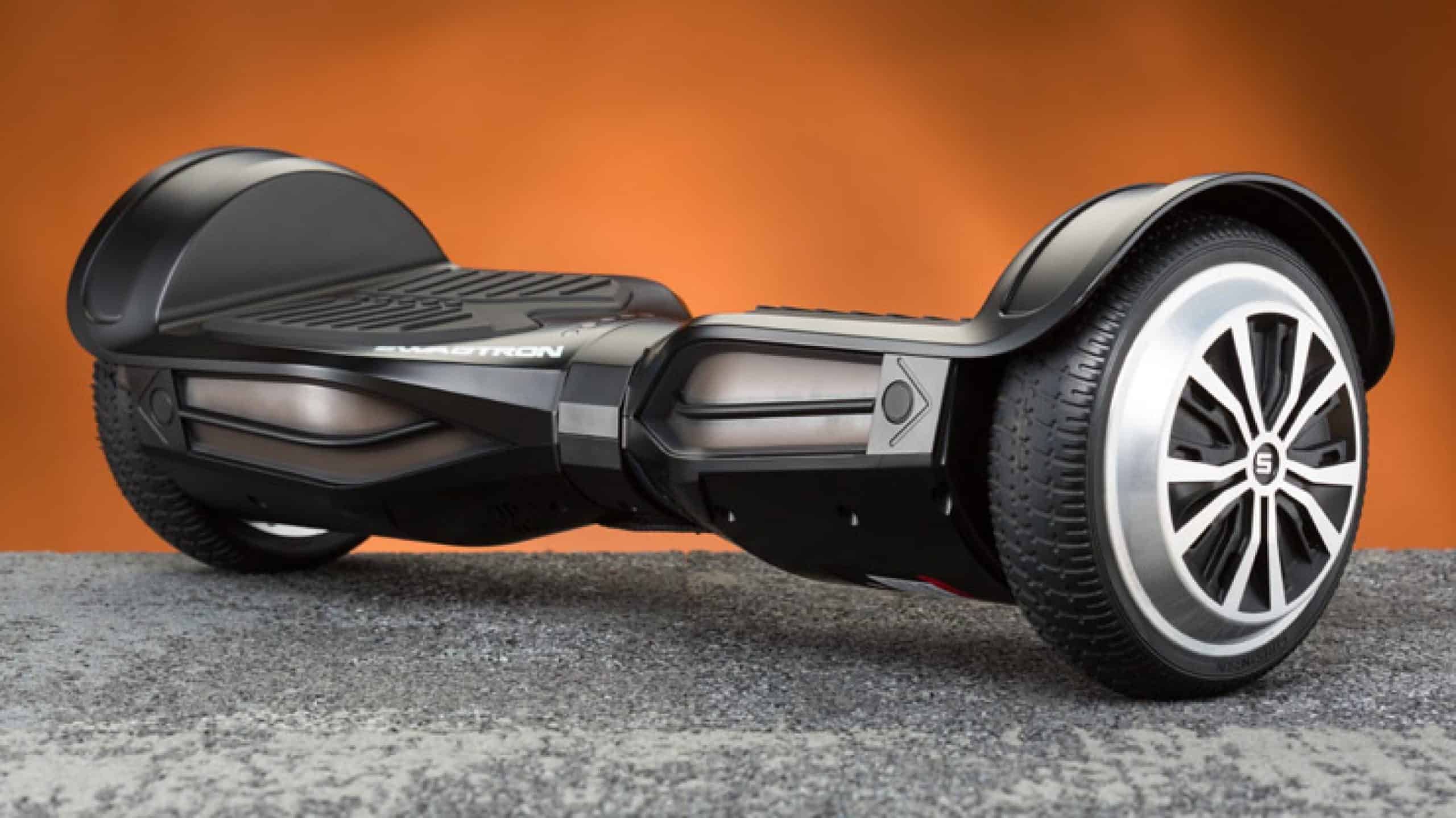
![Razor Hovertrax 2.0 Hoverboard Review in [year] 54 Razor Hovertrax 2.0 Hoverboard Review in 2026](https://www.gadgetreview.dev/wp-content/uploads/Razor-Hovertrax-2.0-Hoverboard-Review.jpg)
